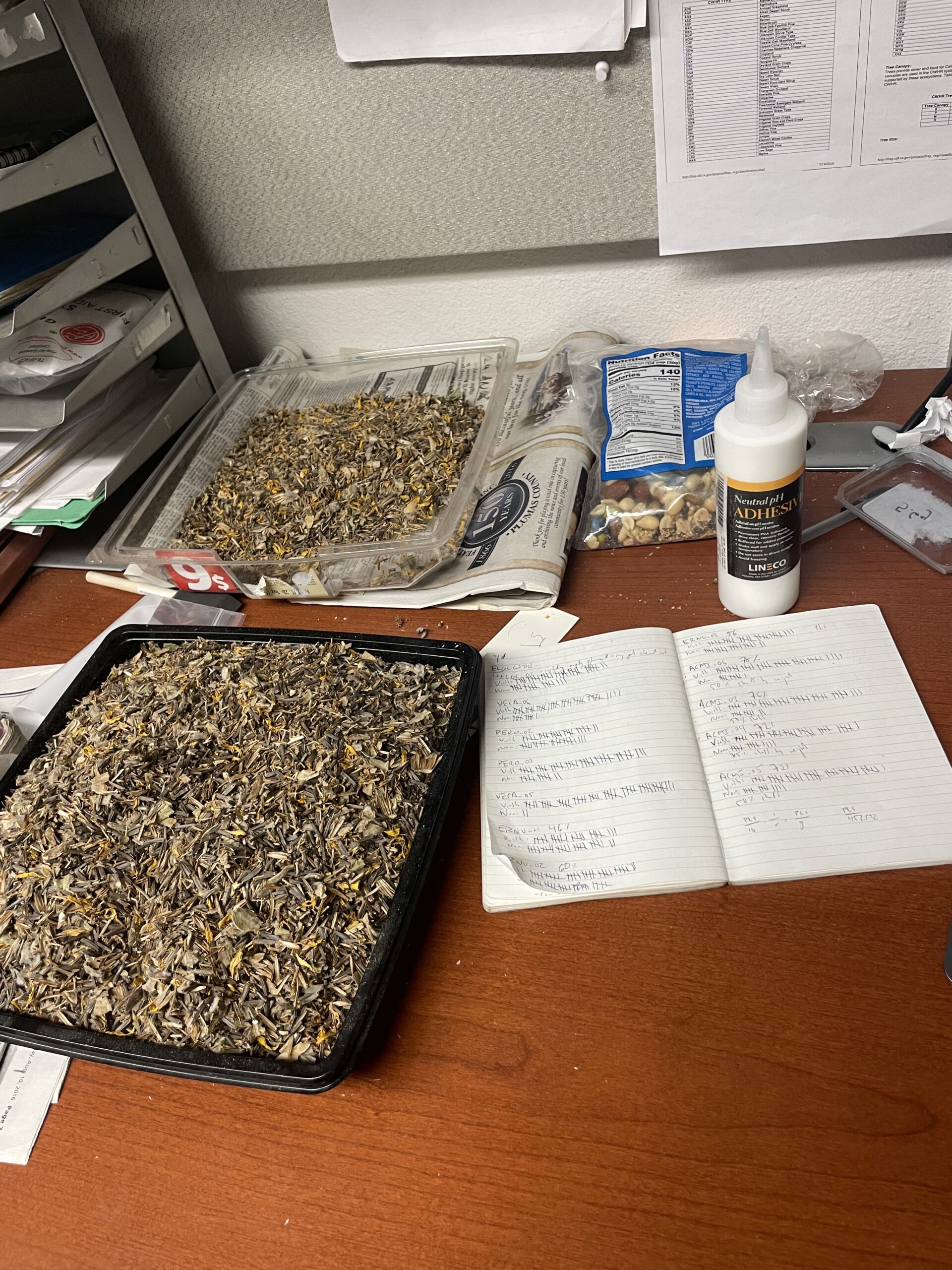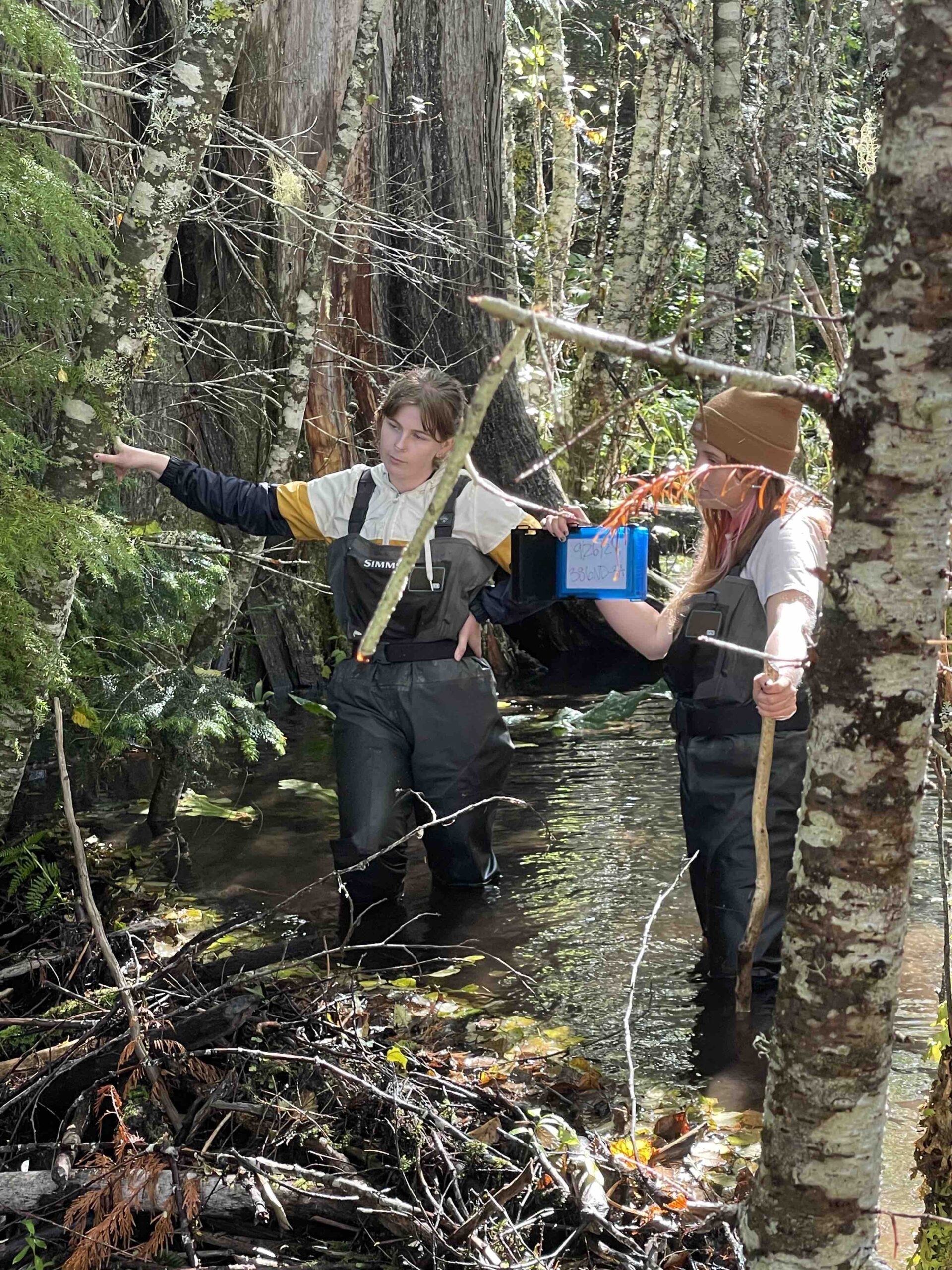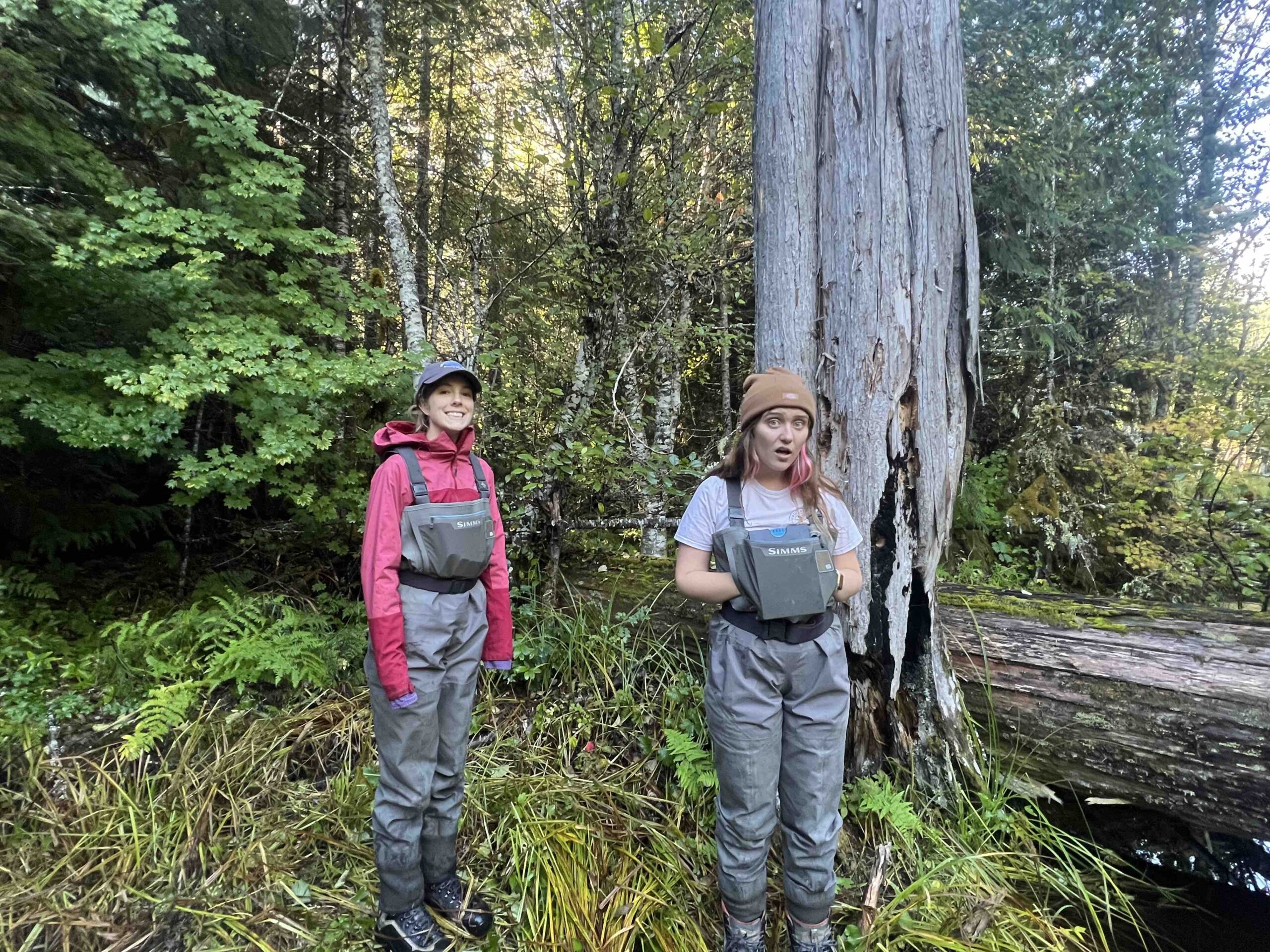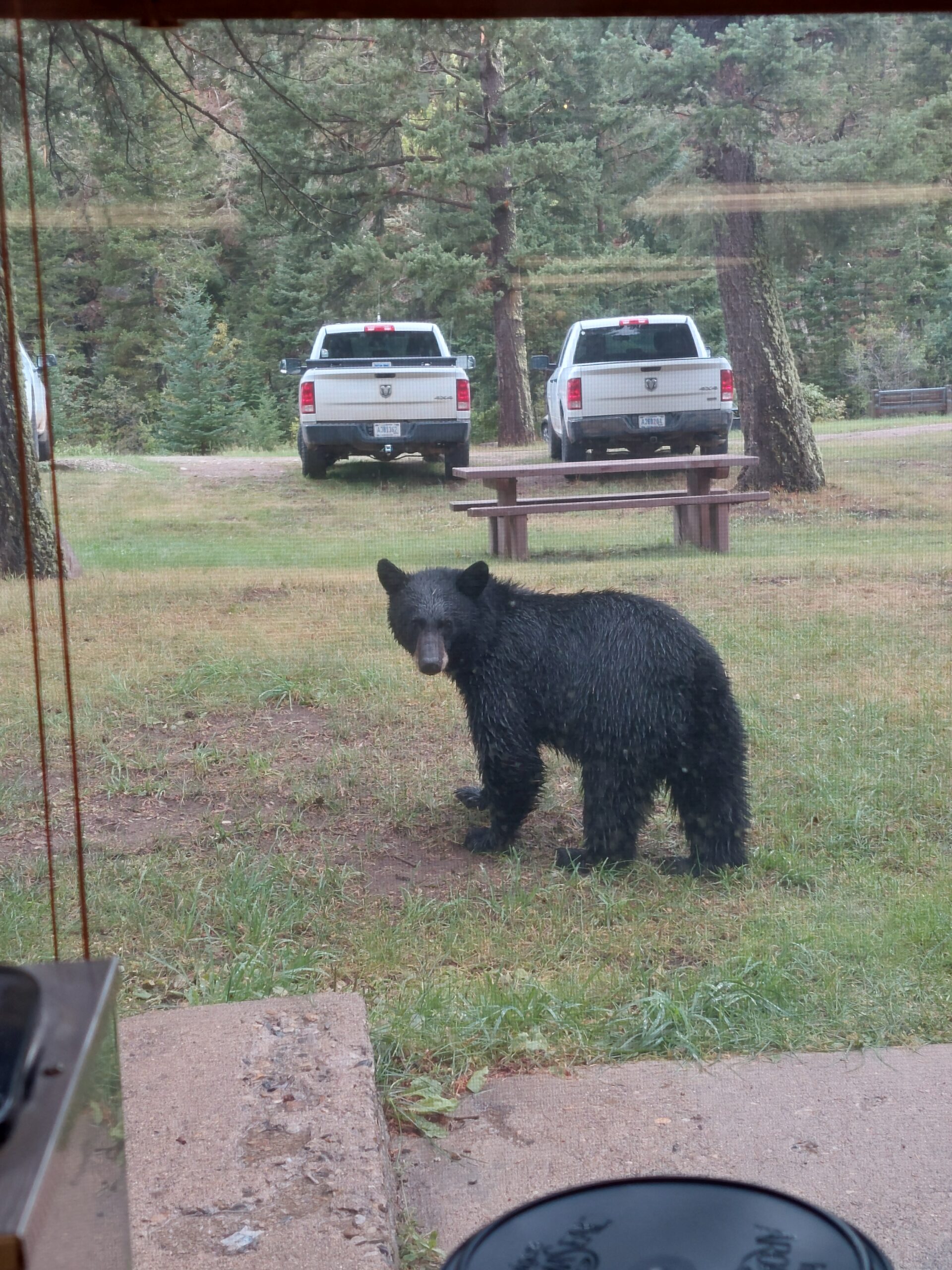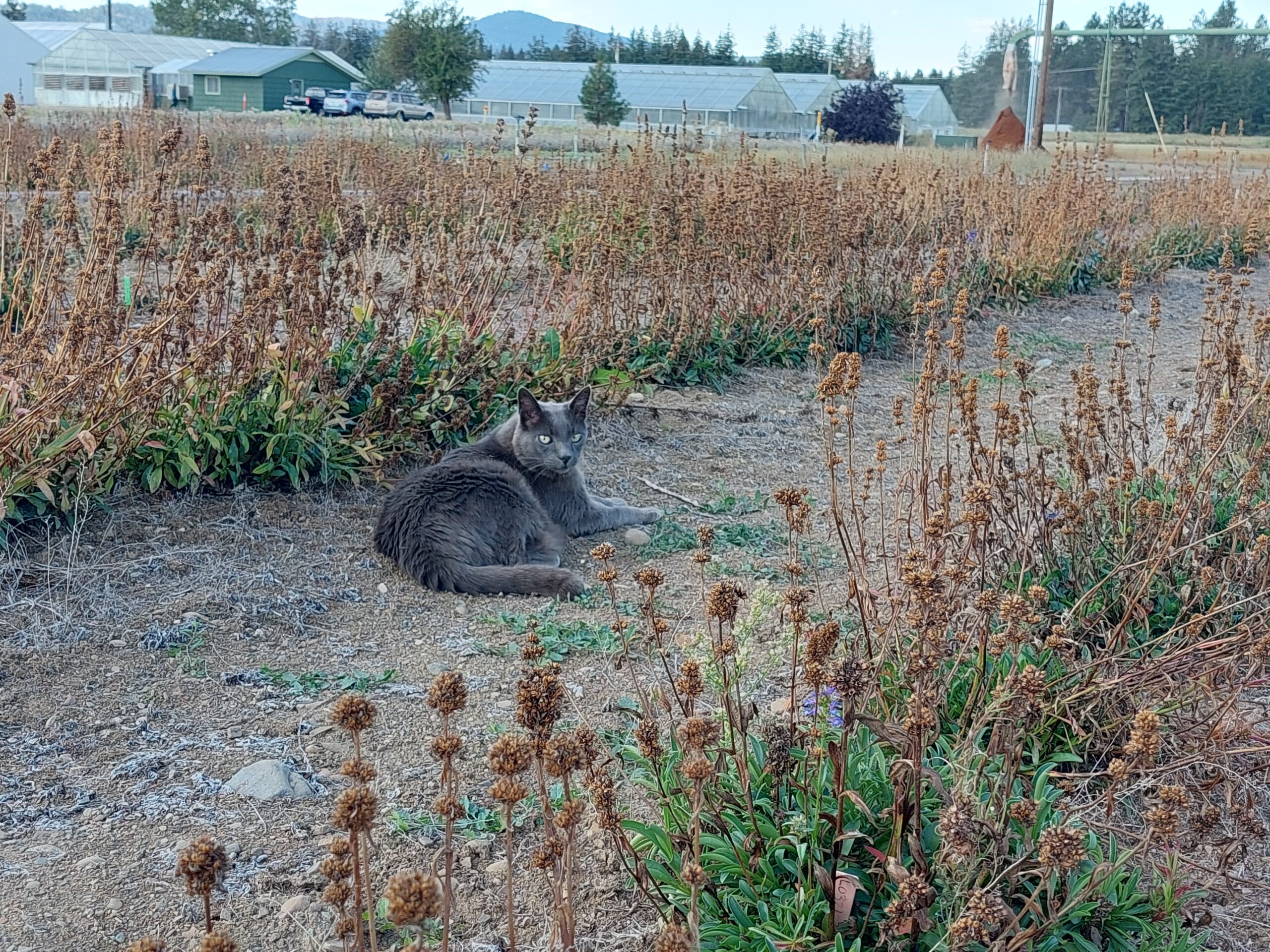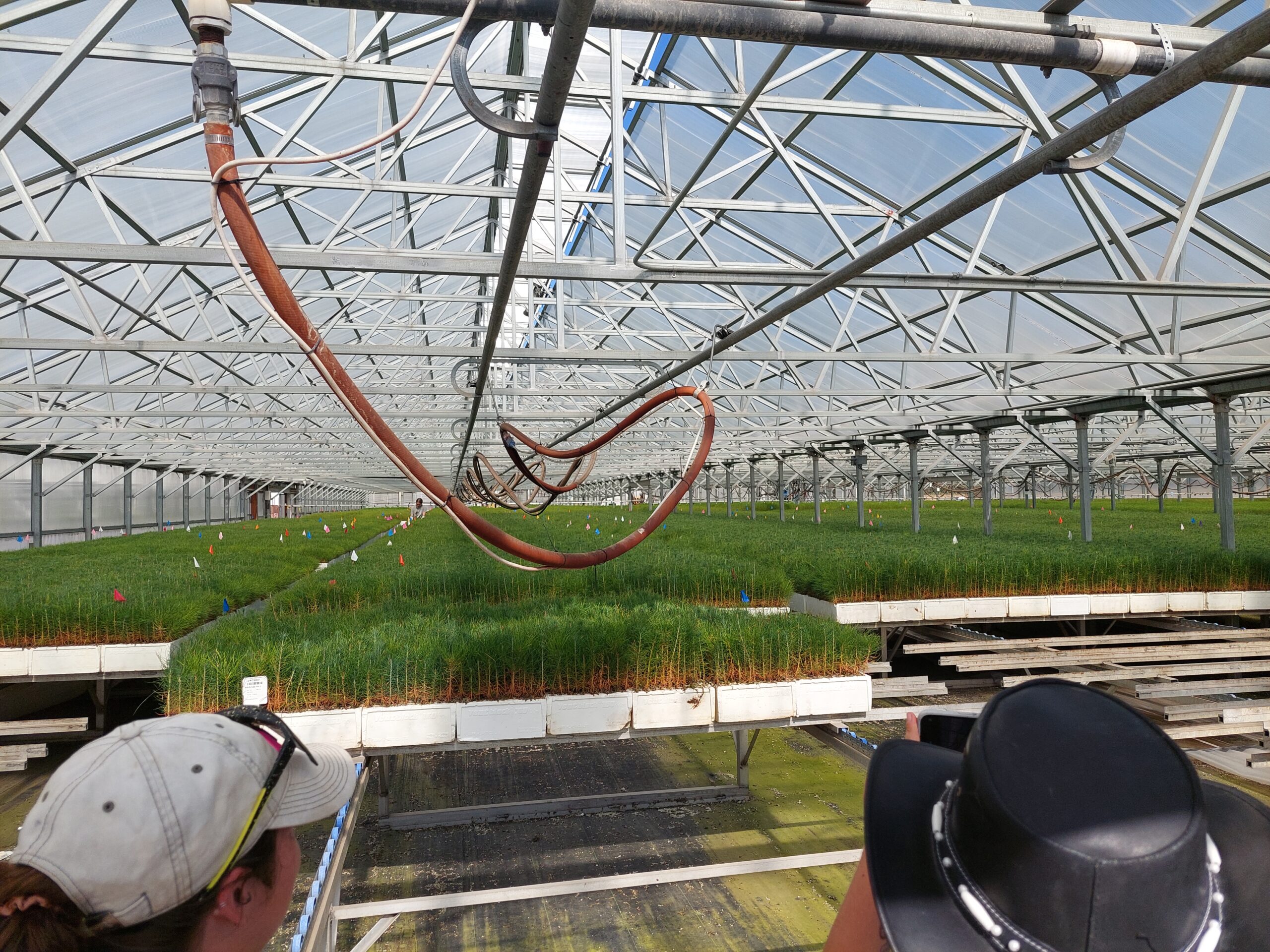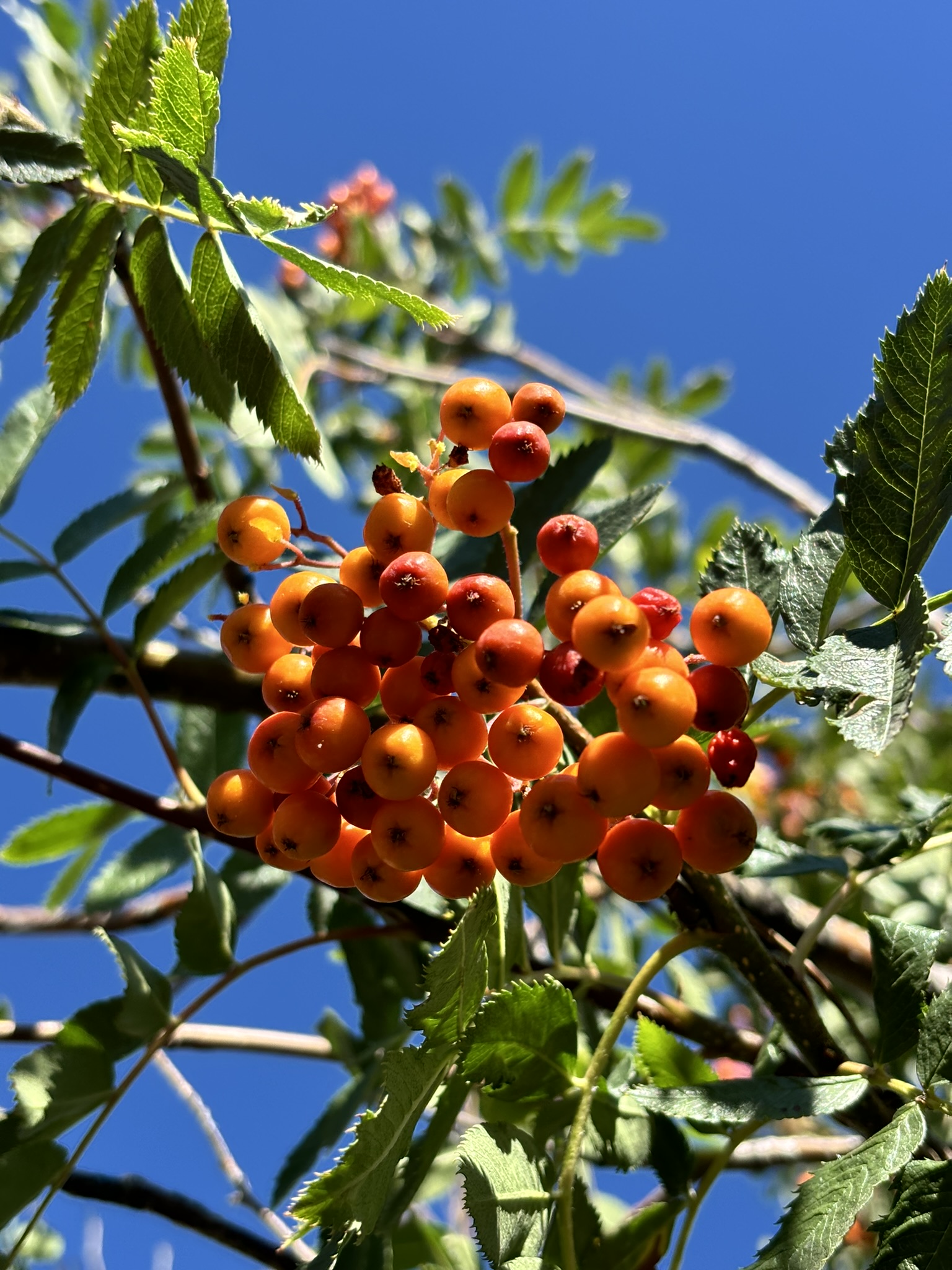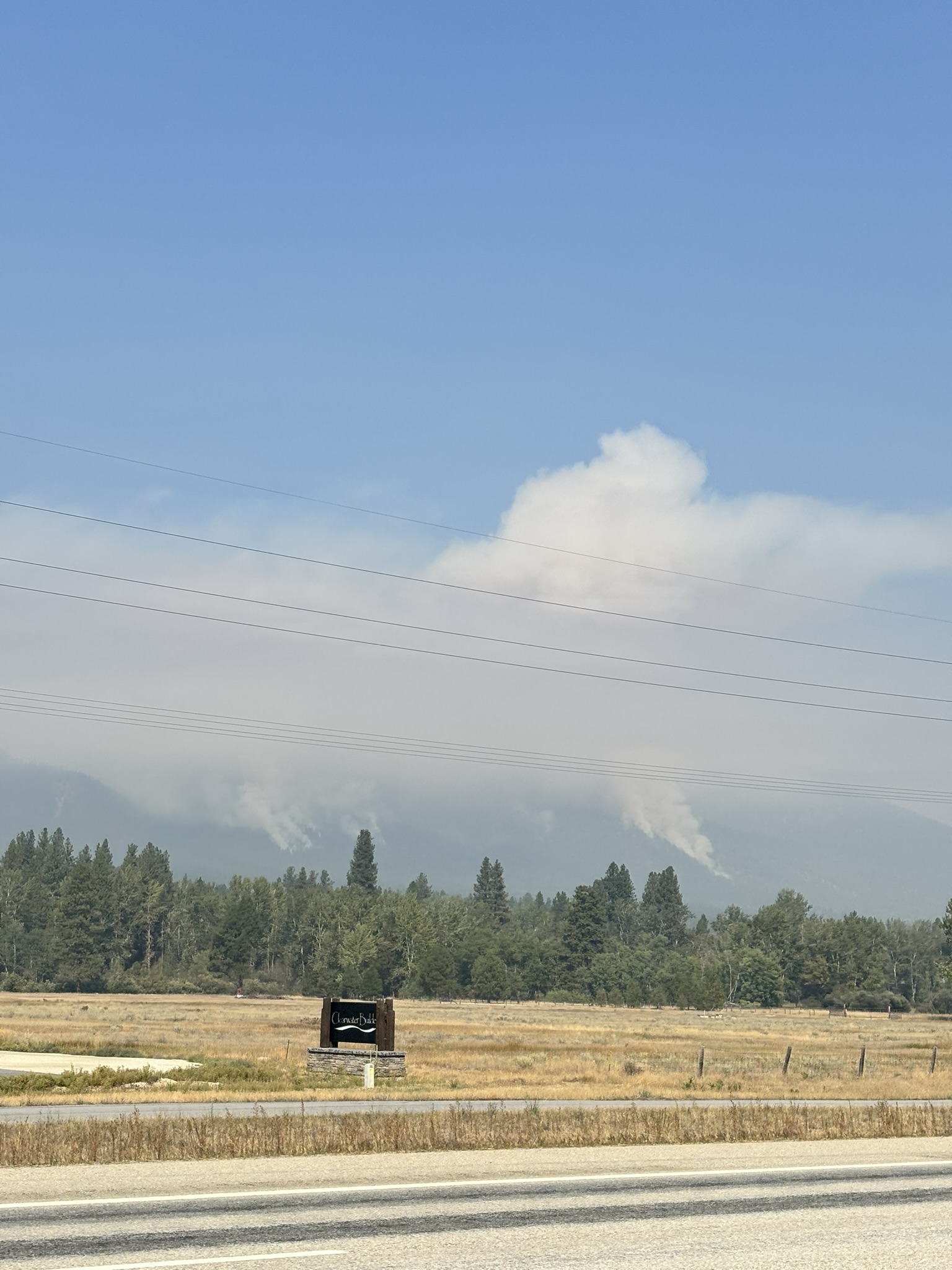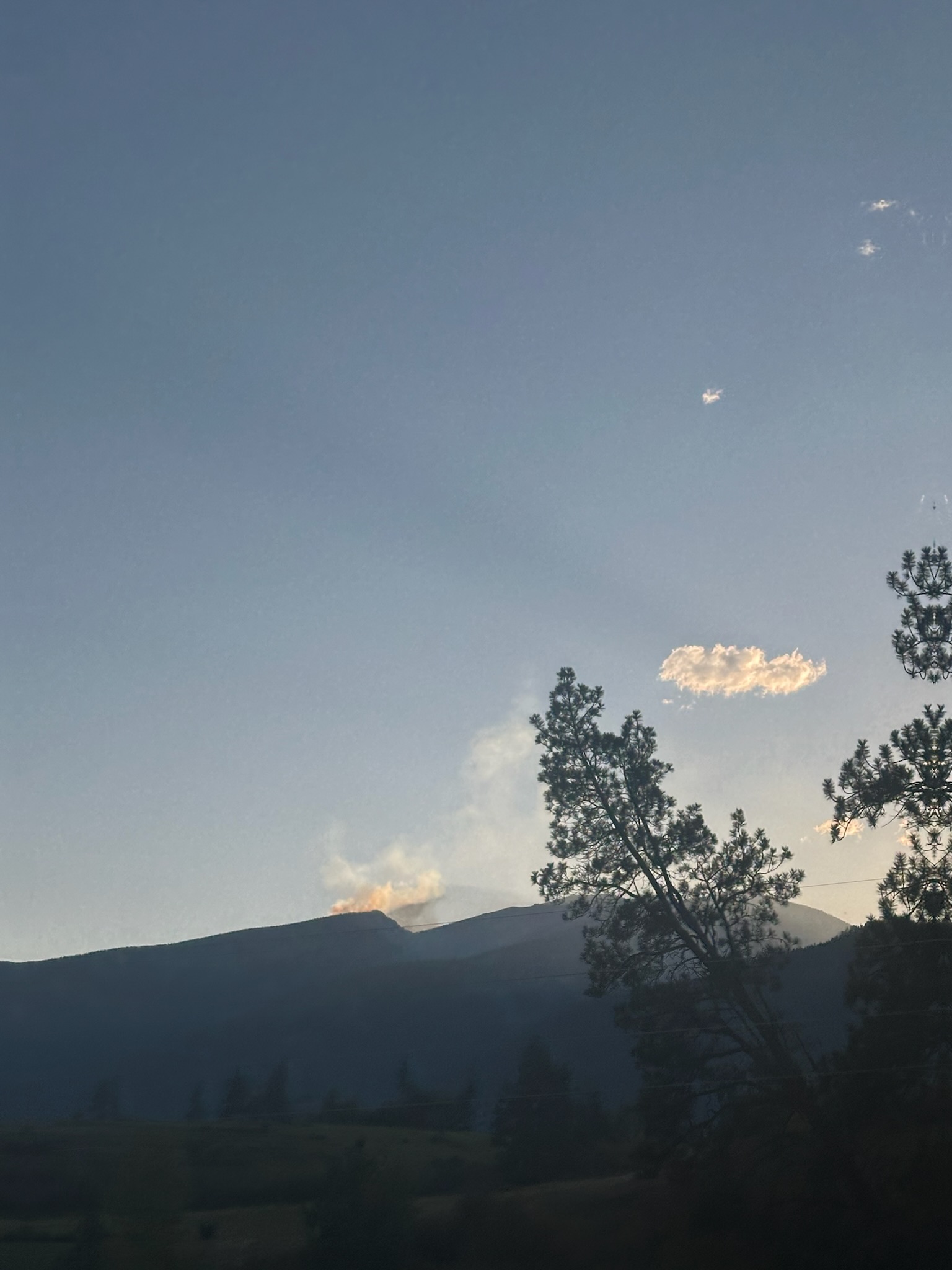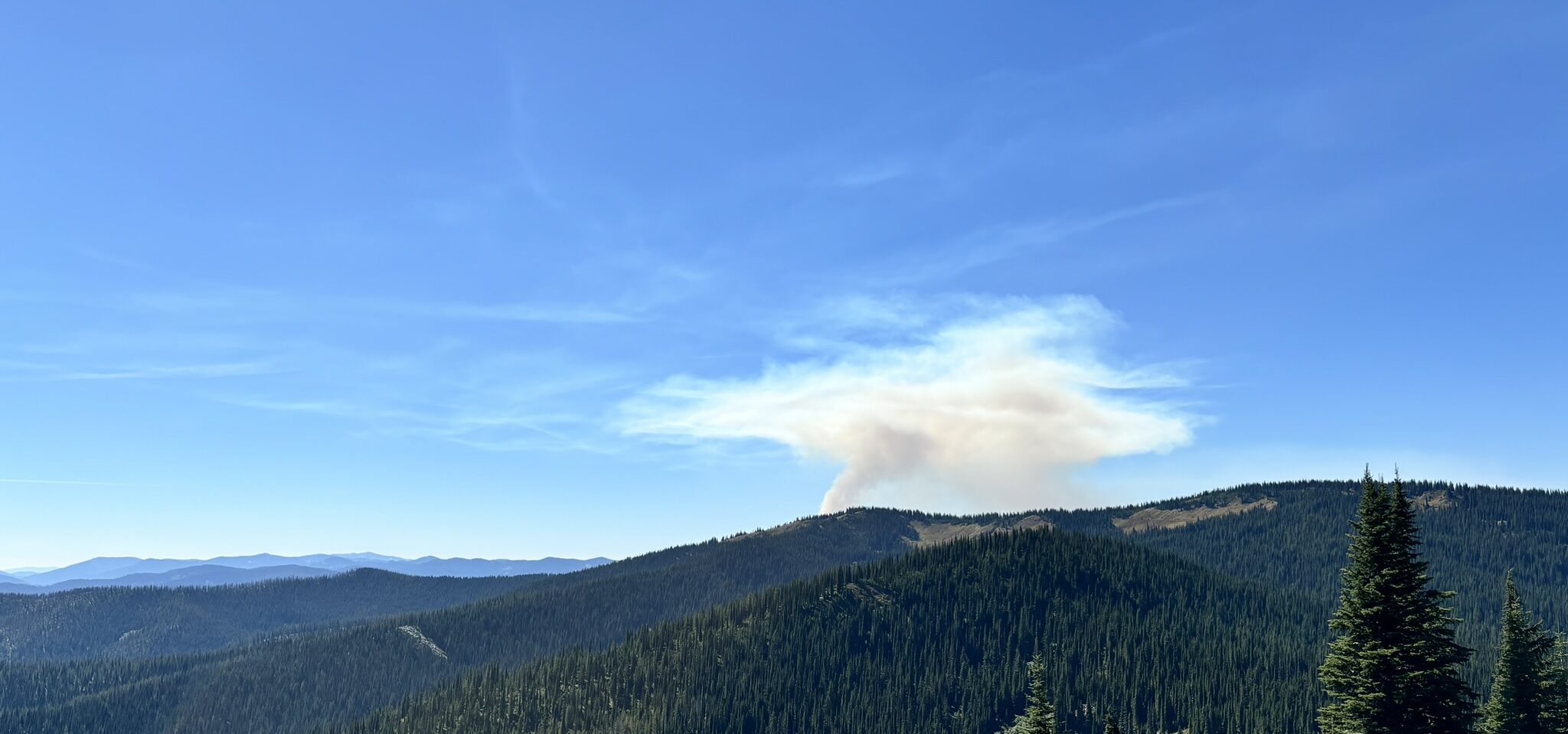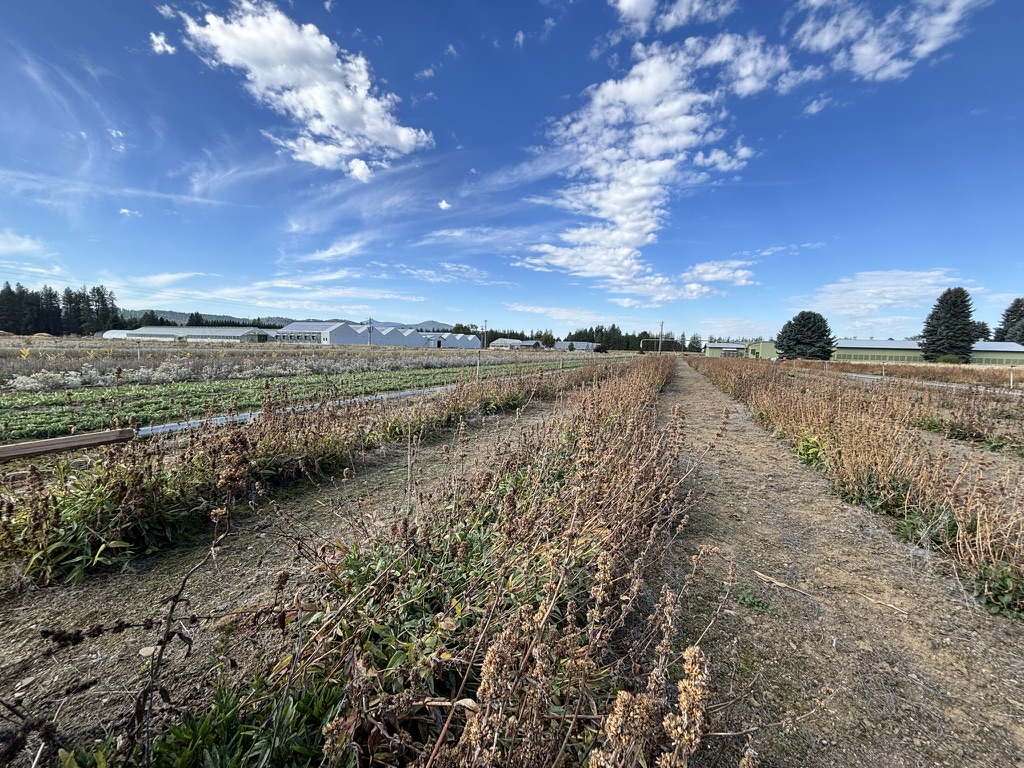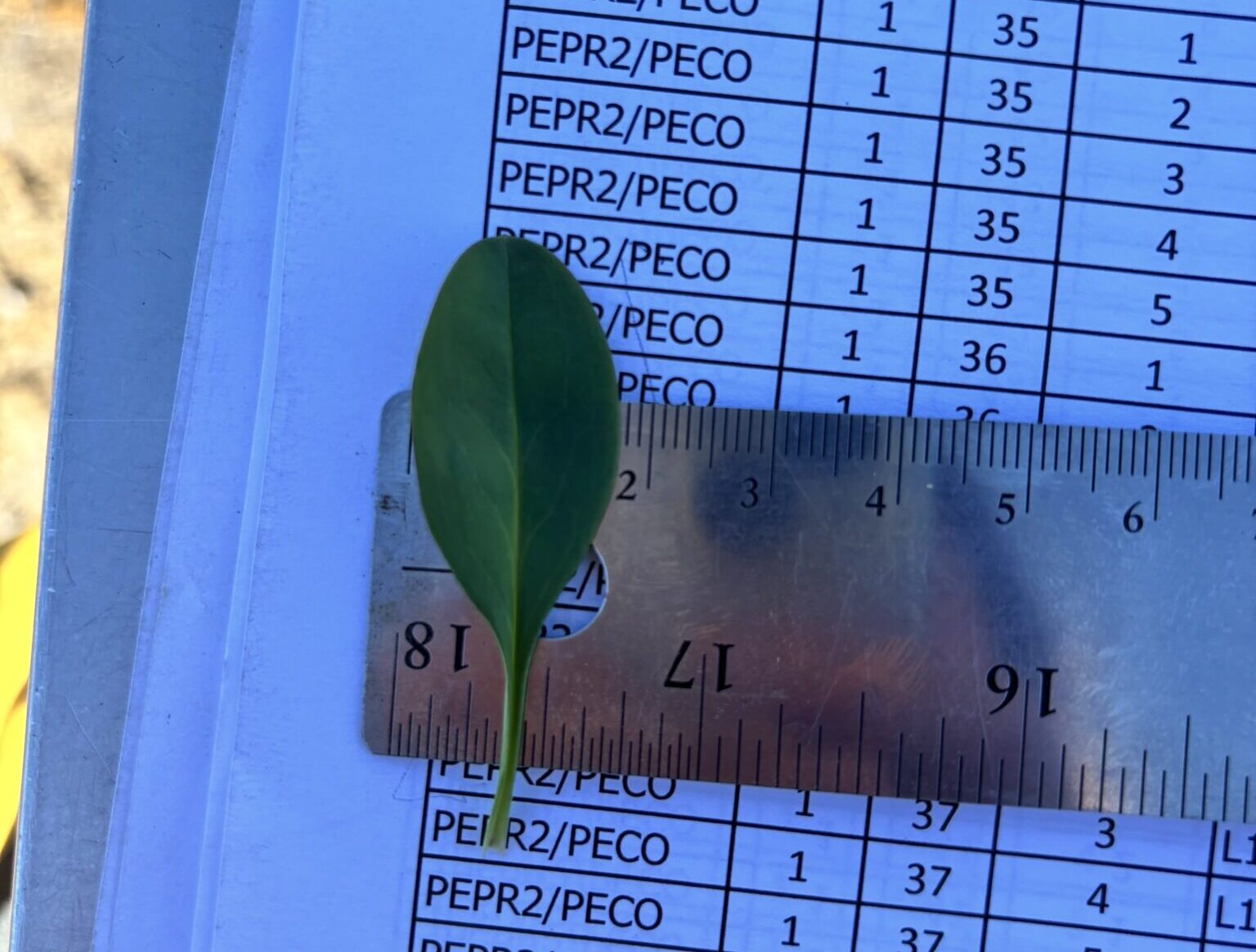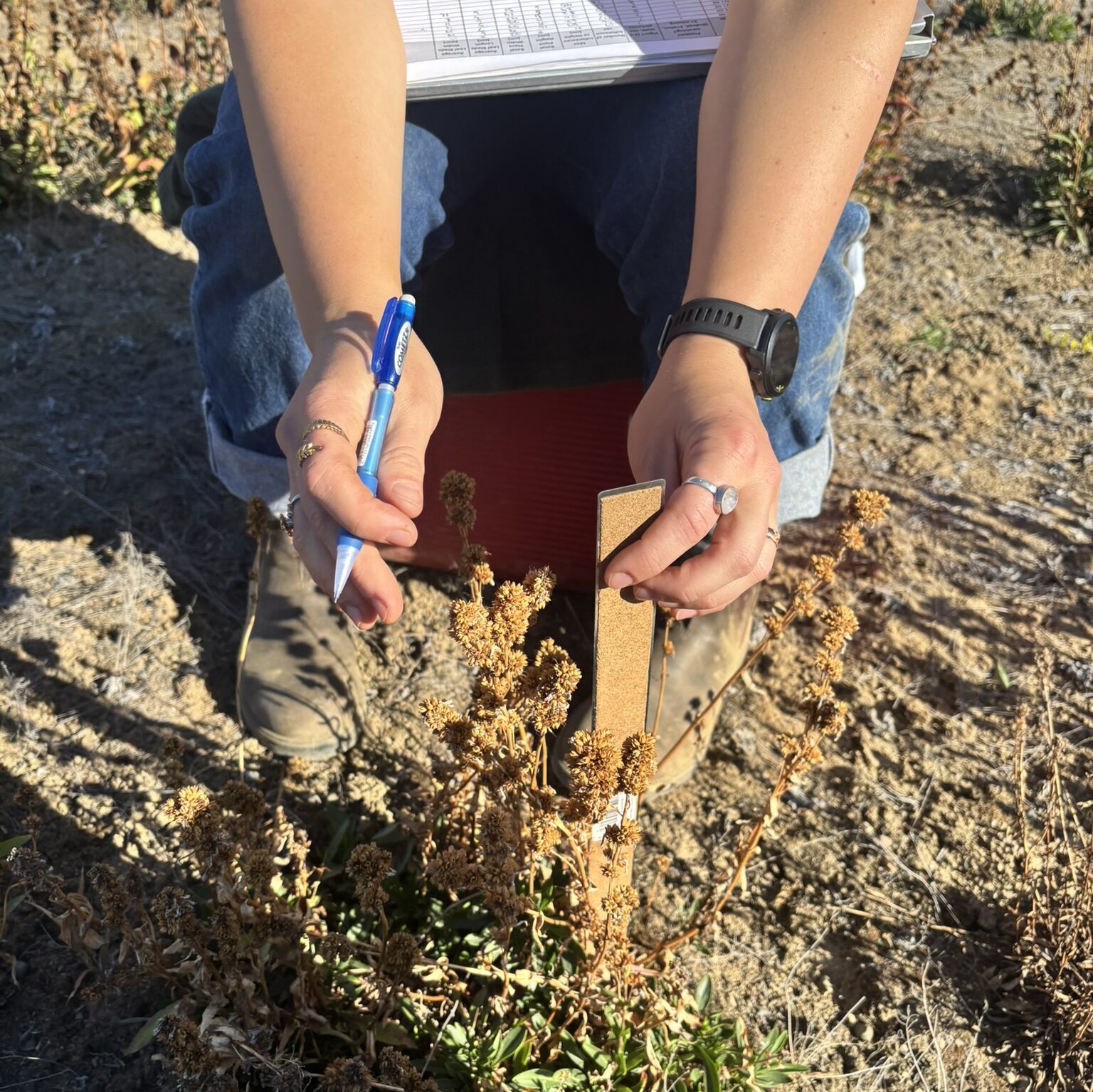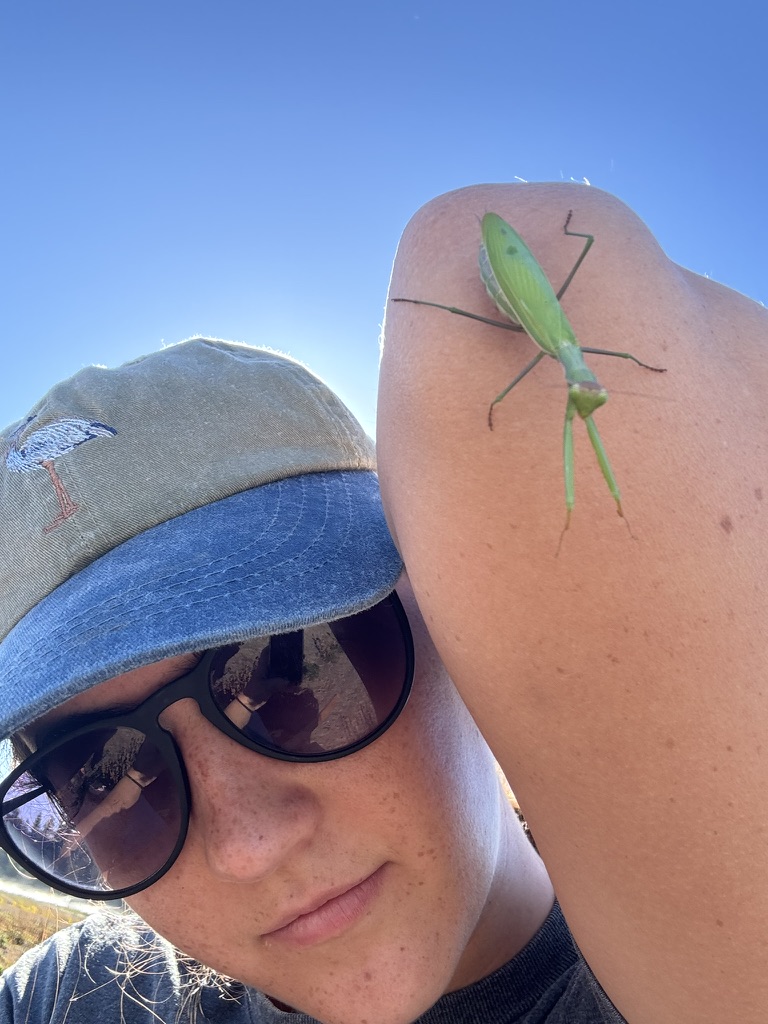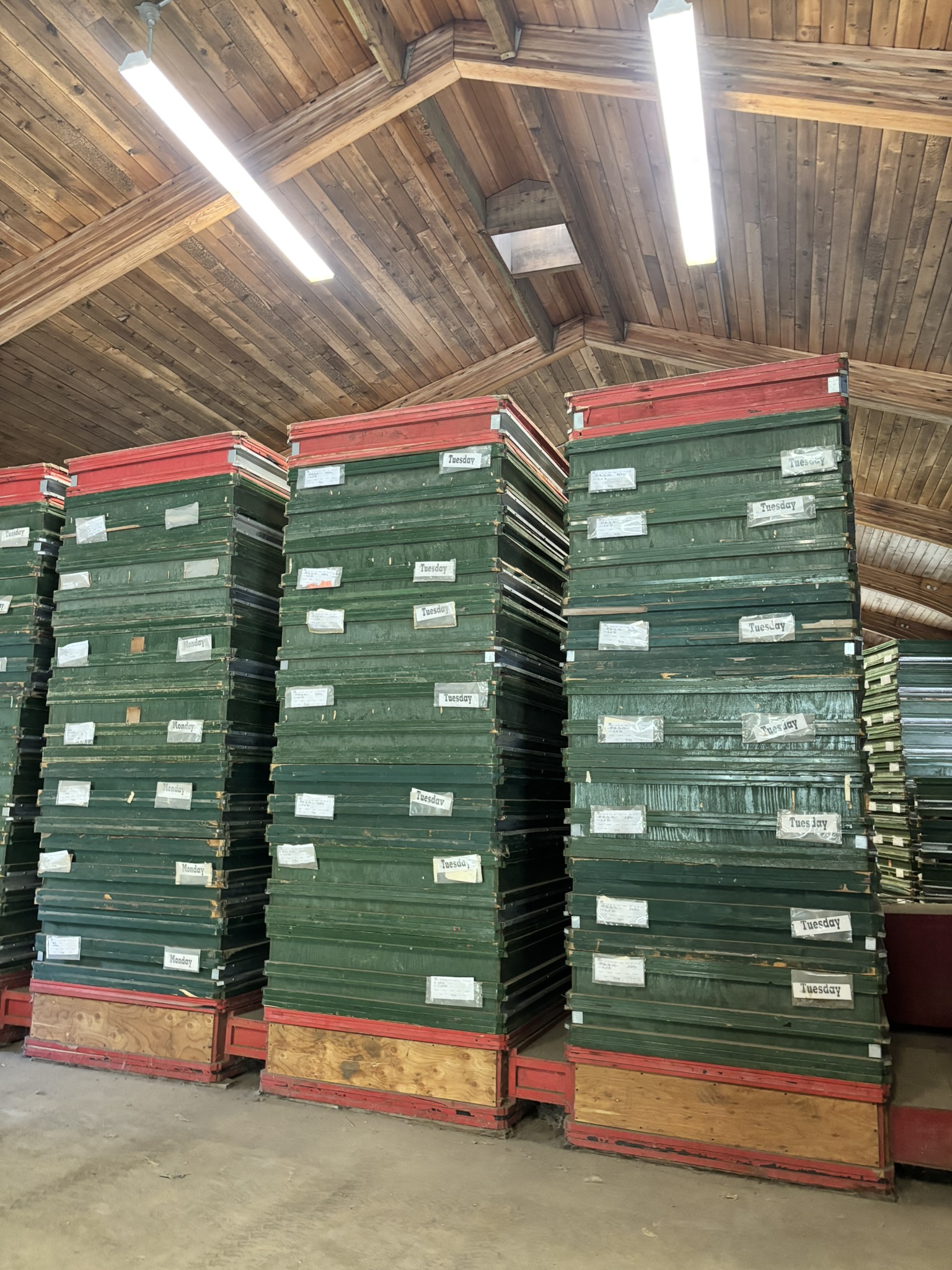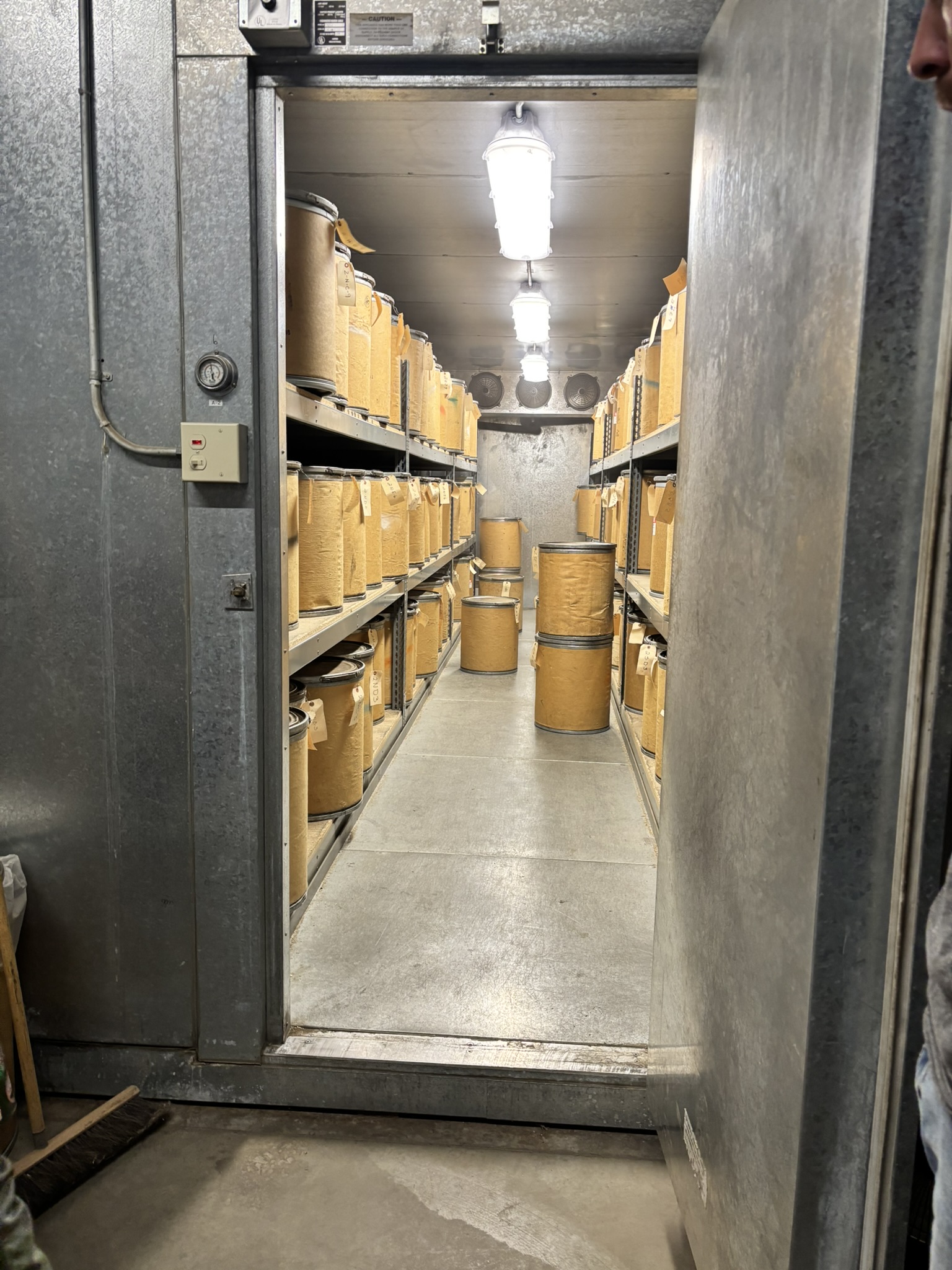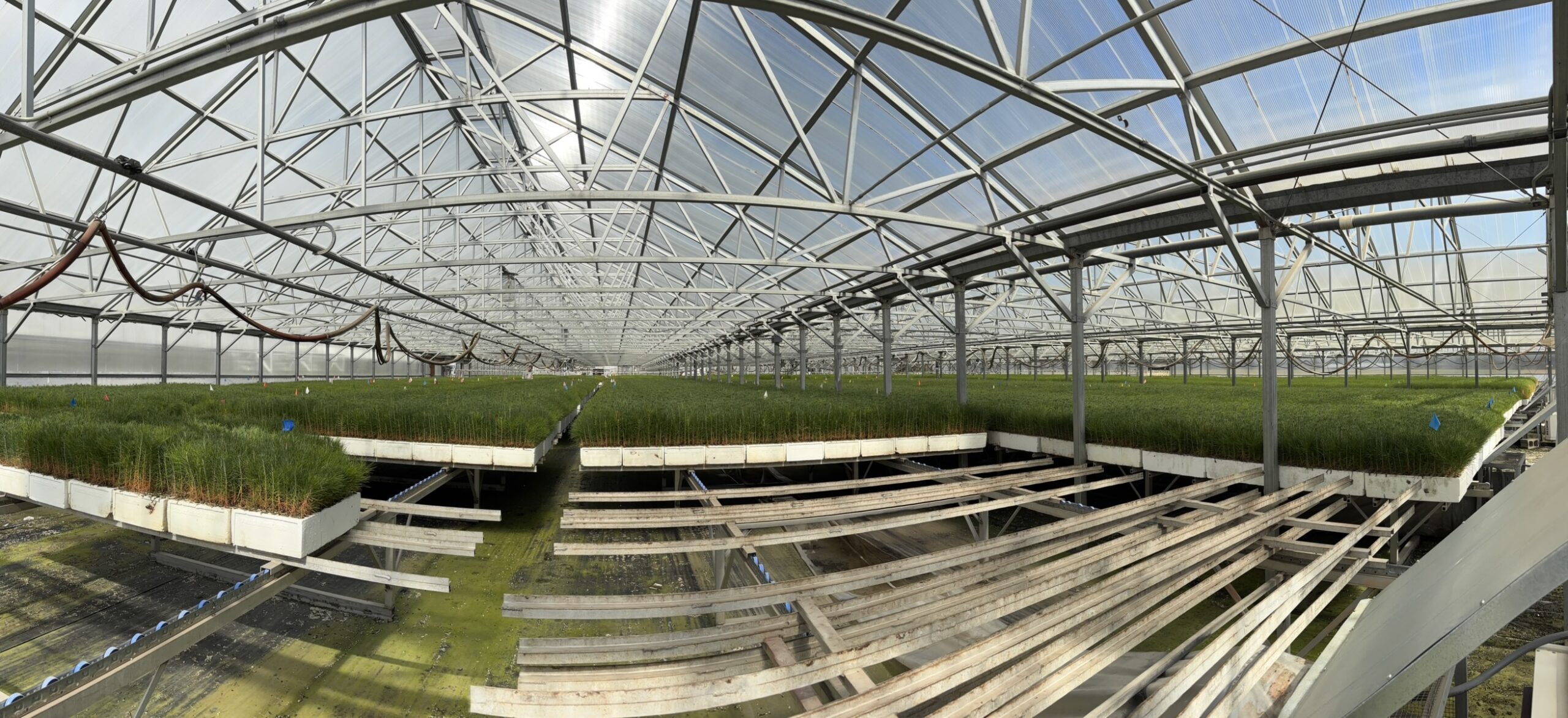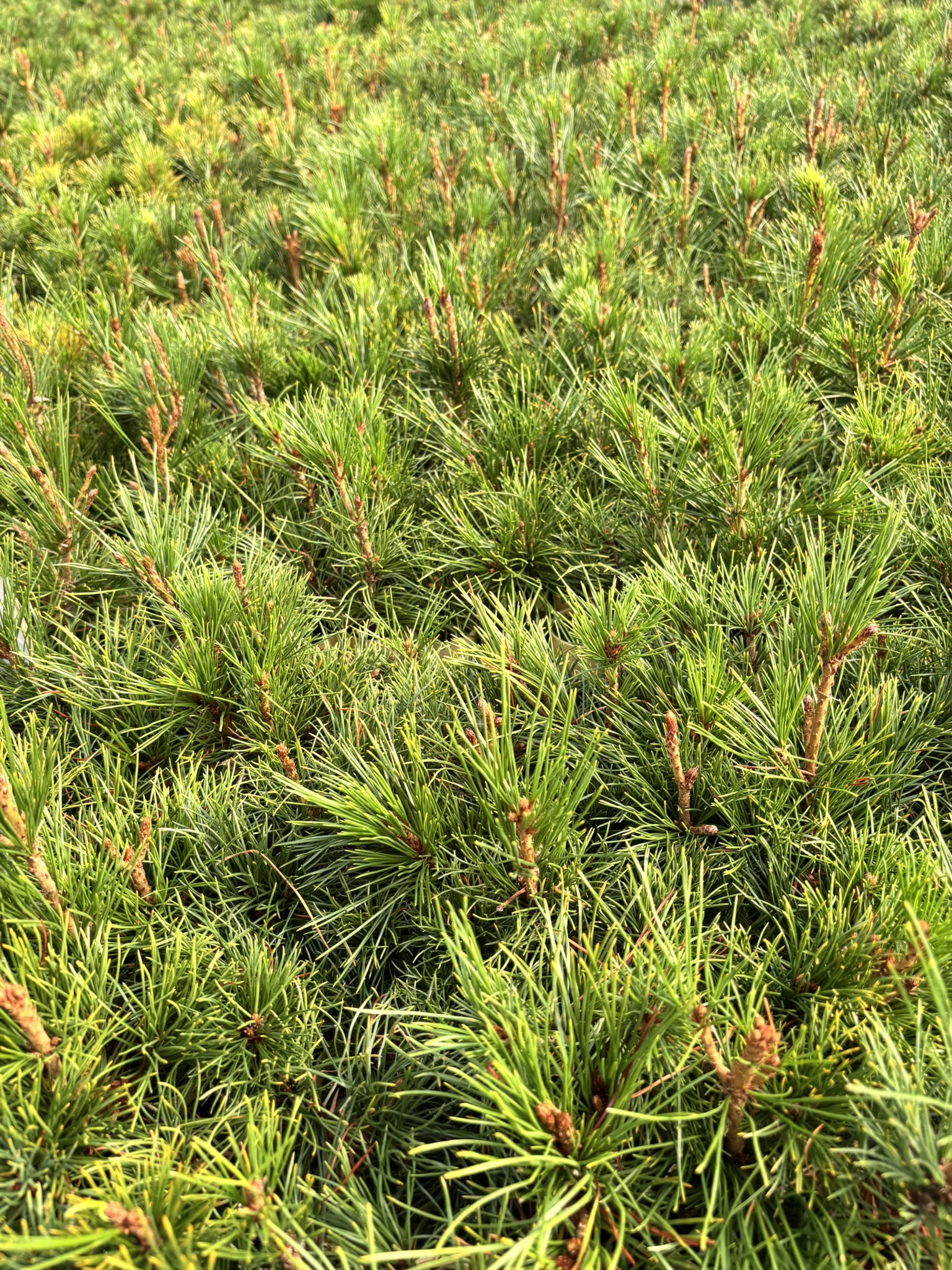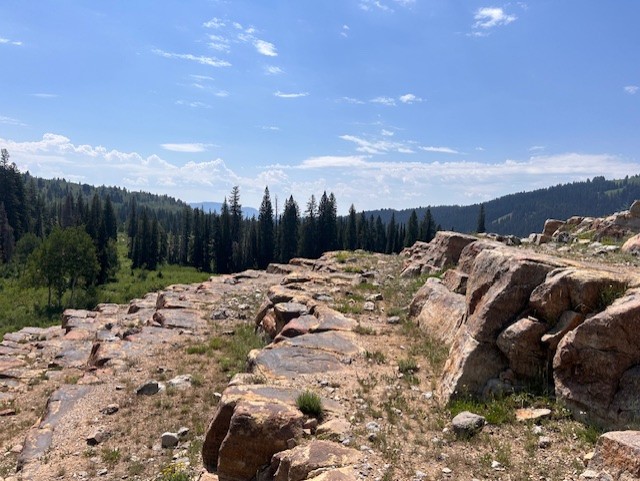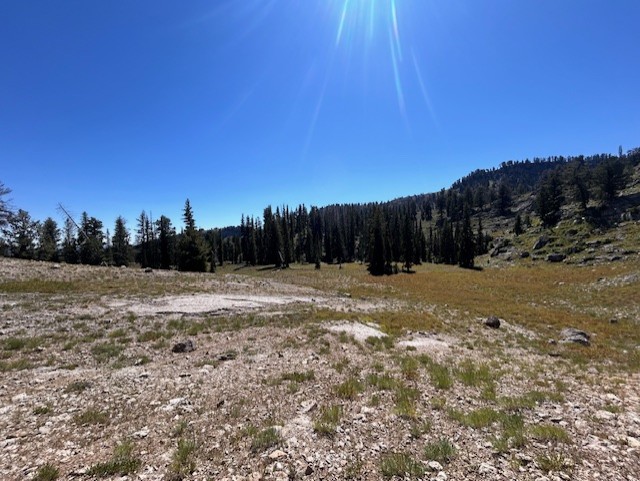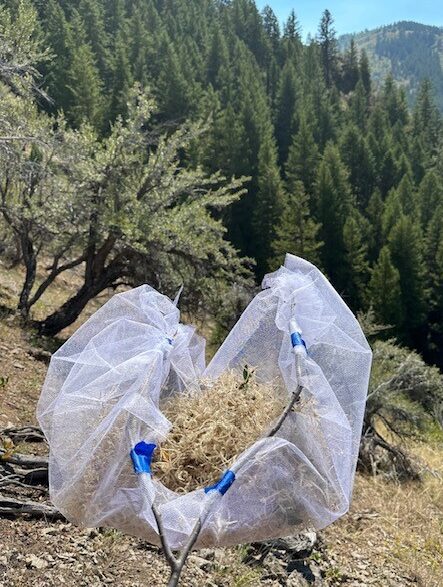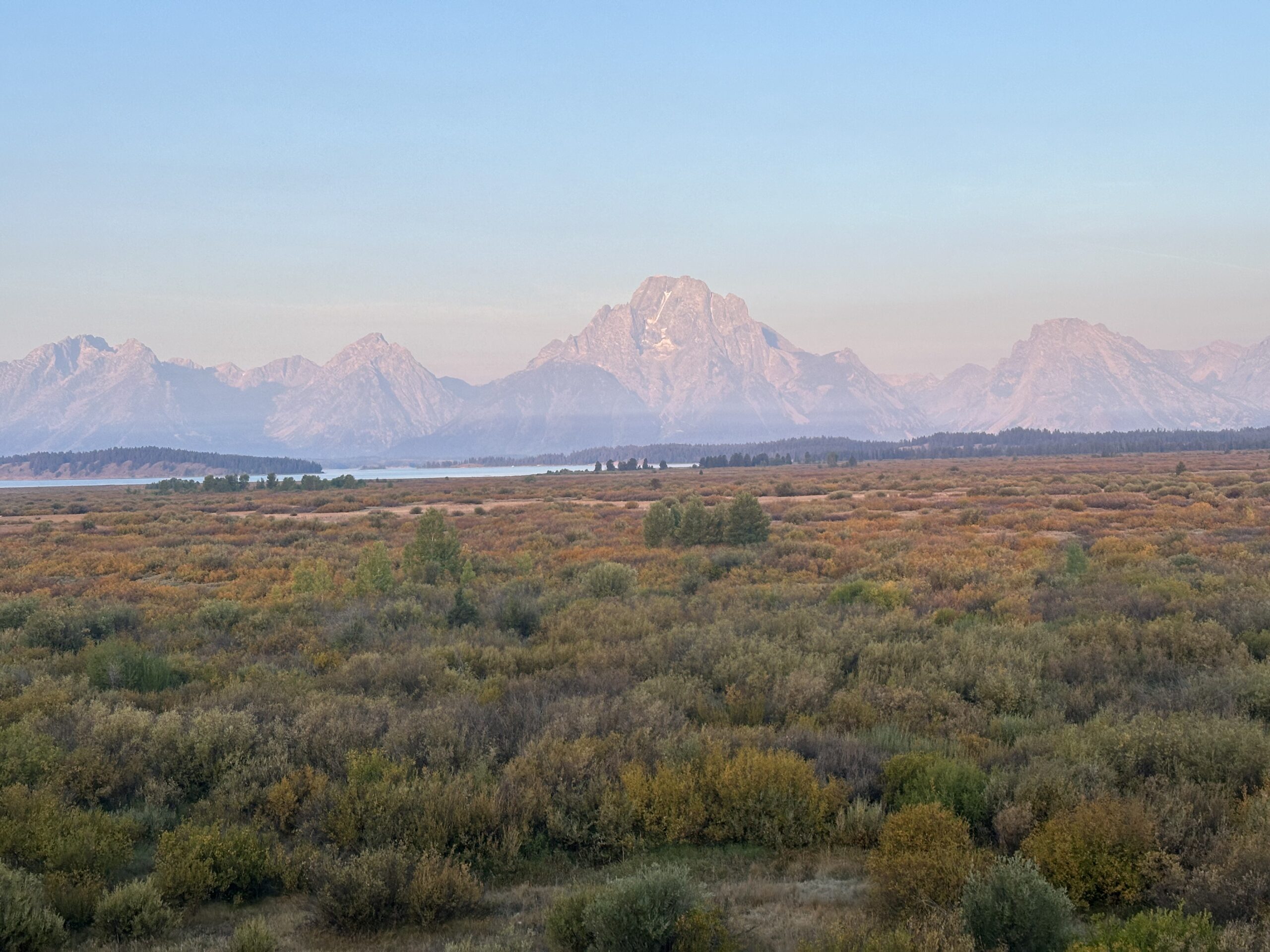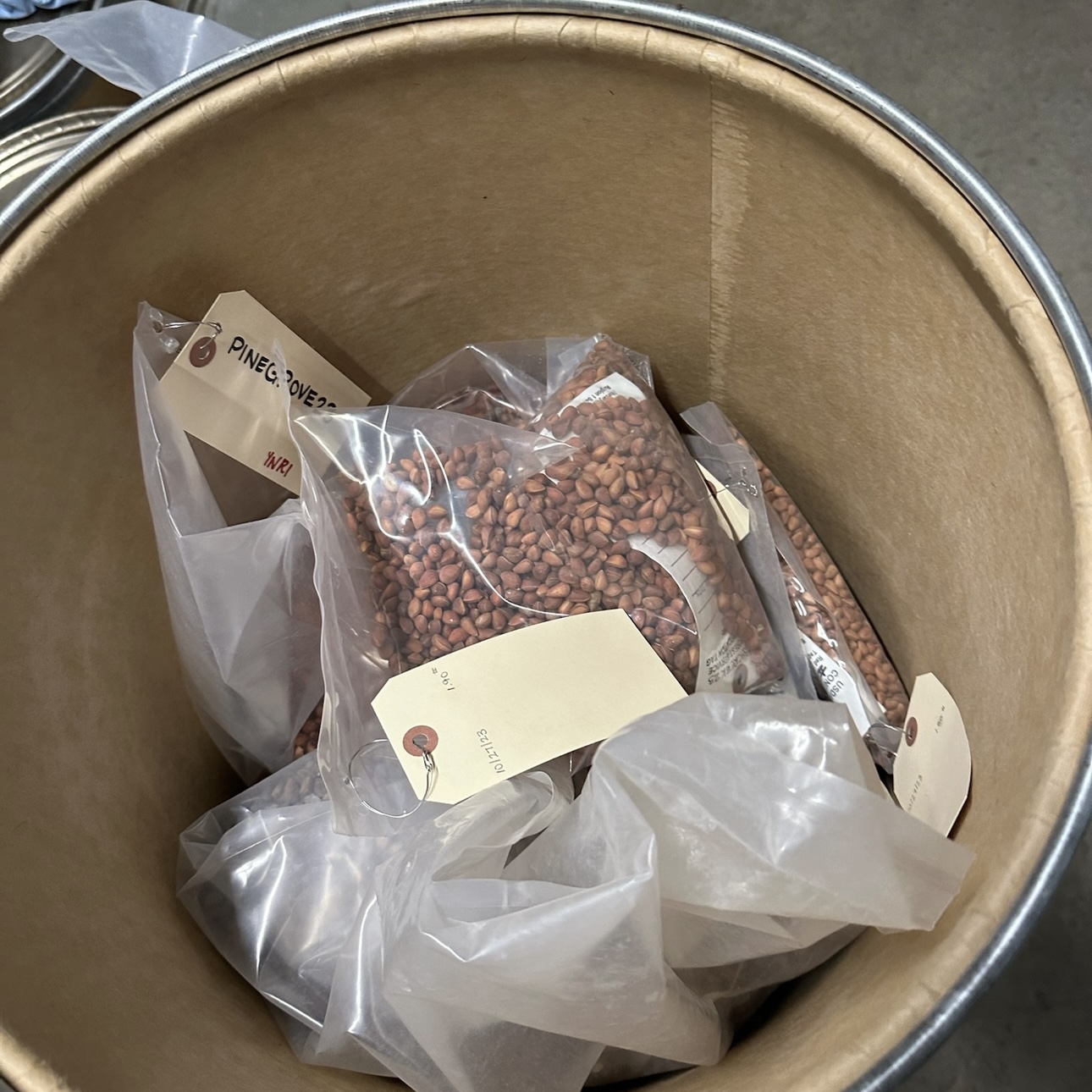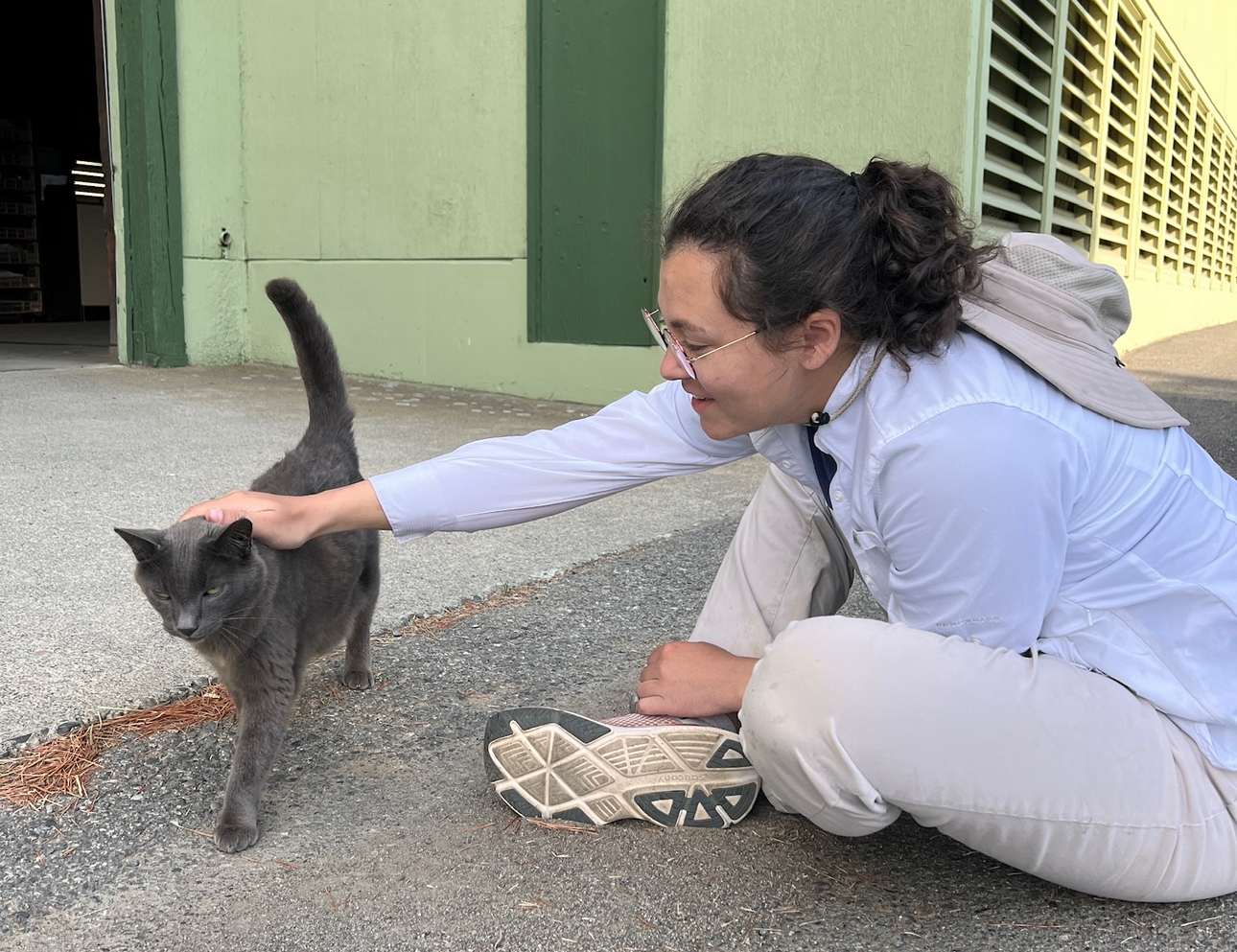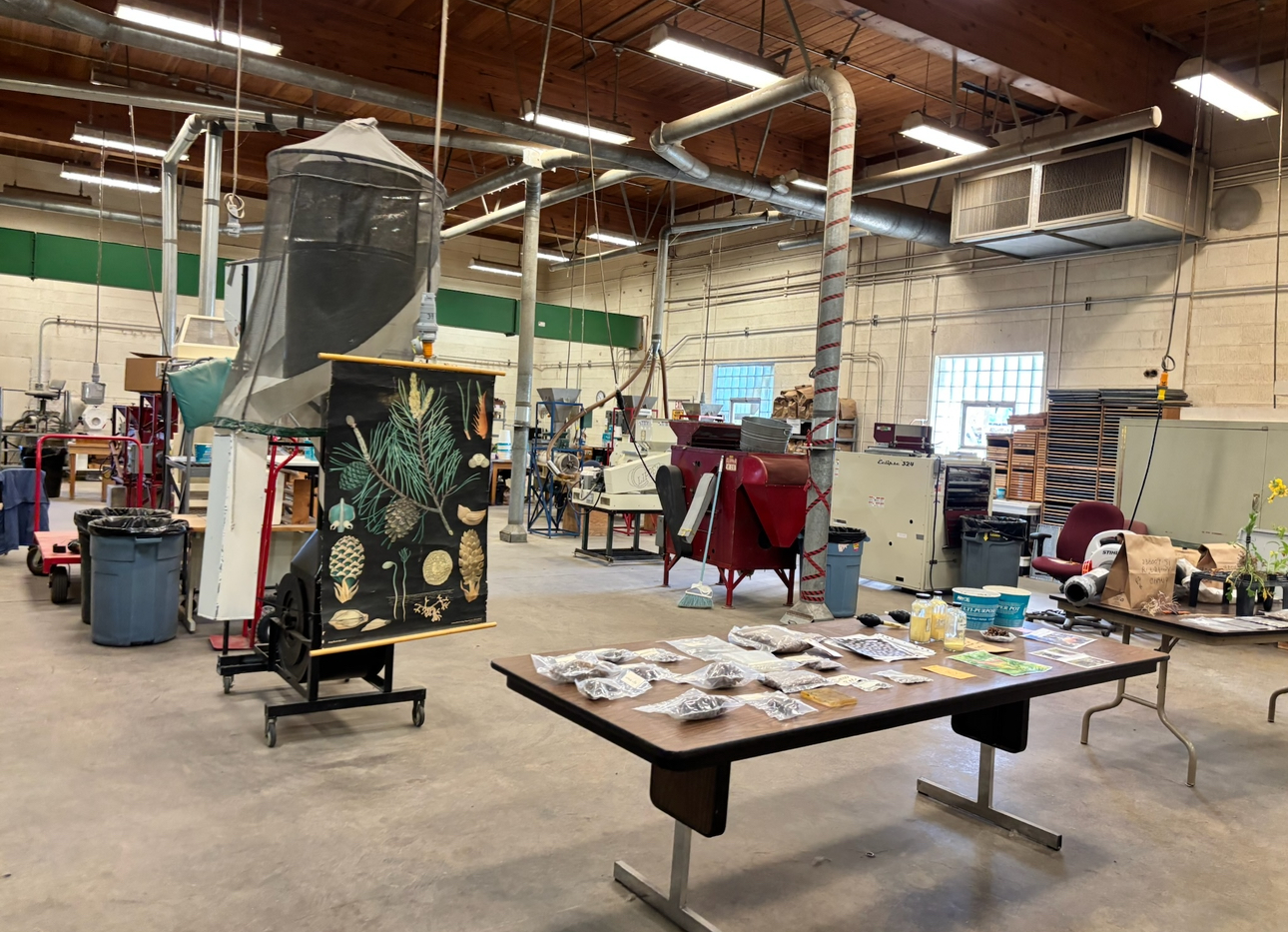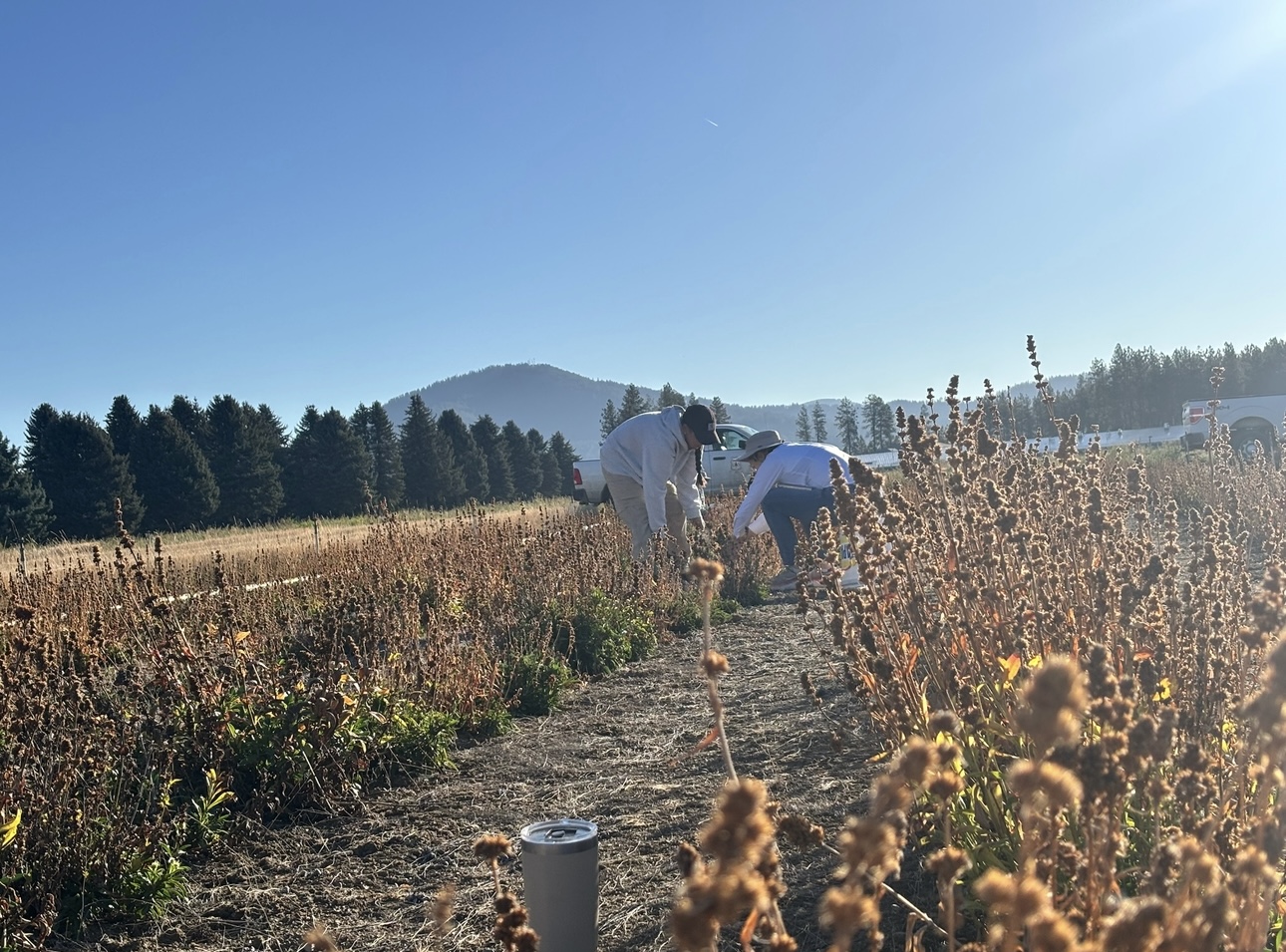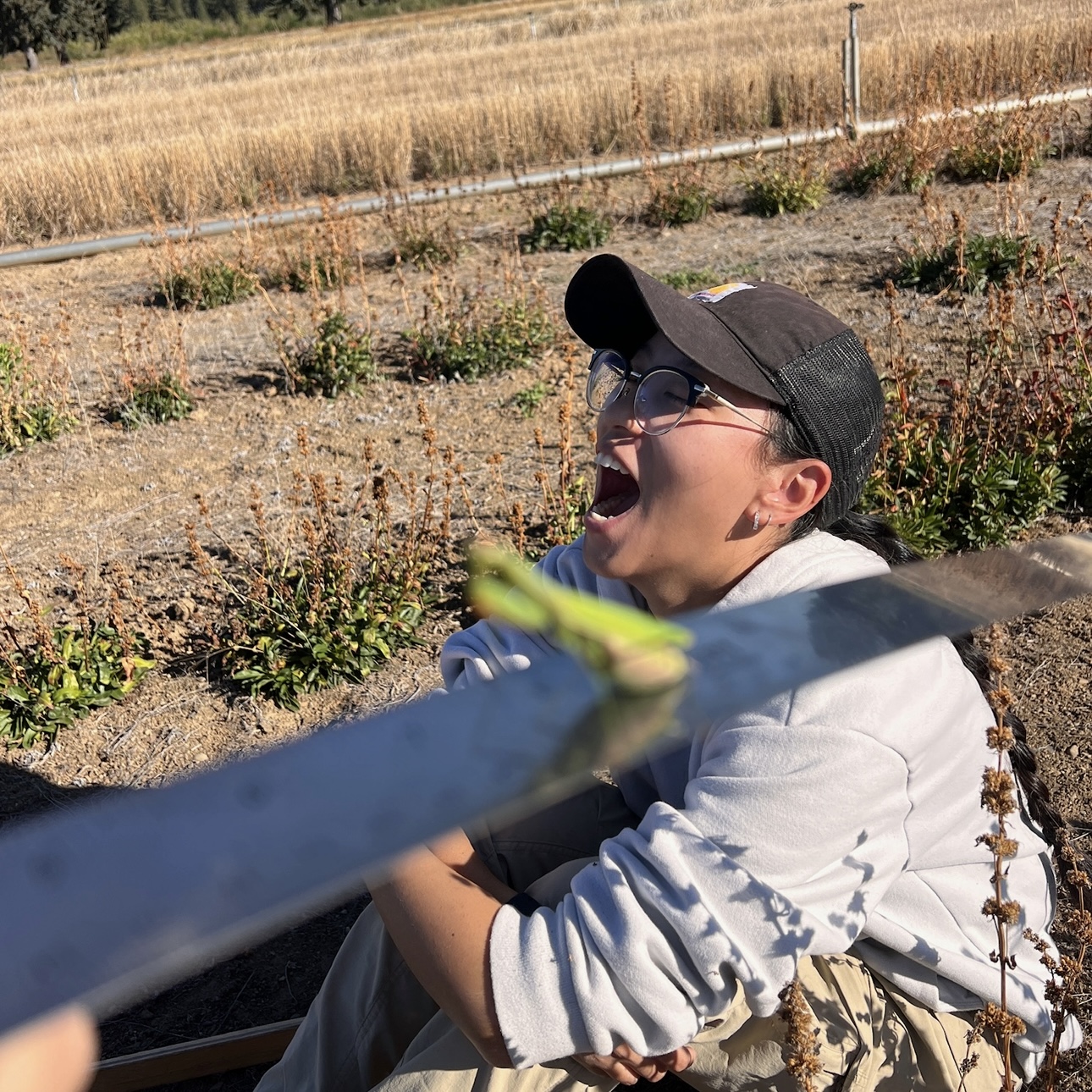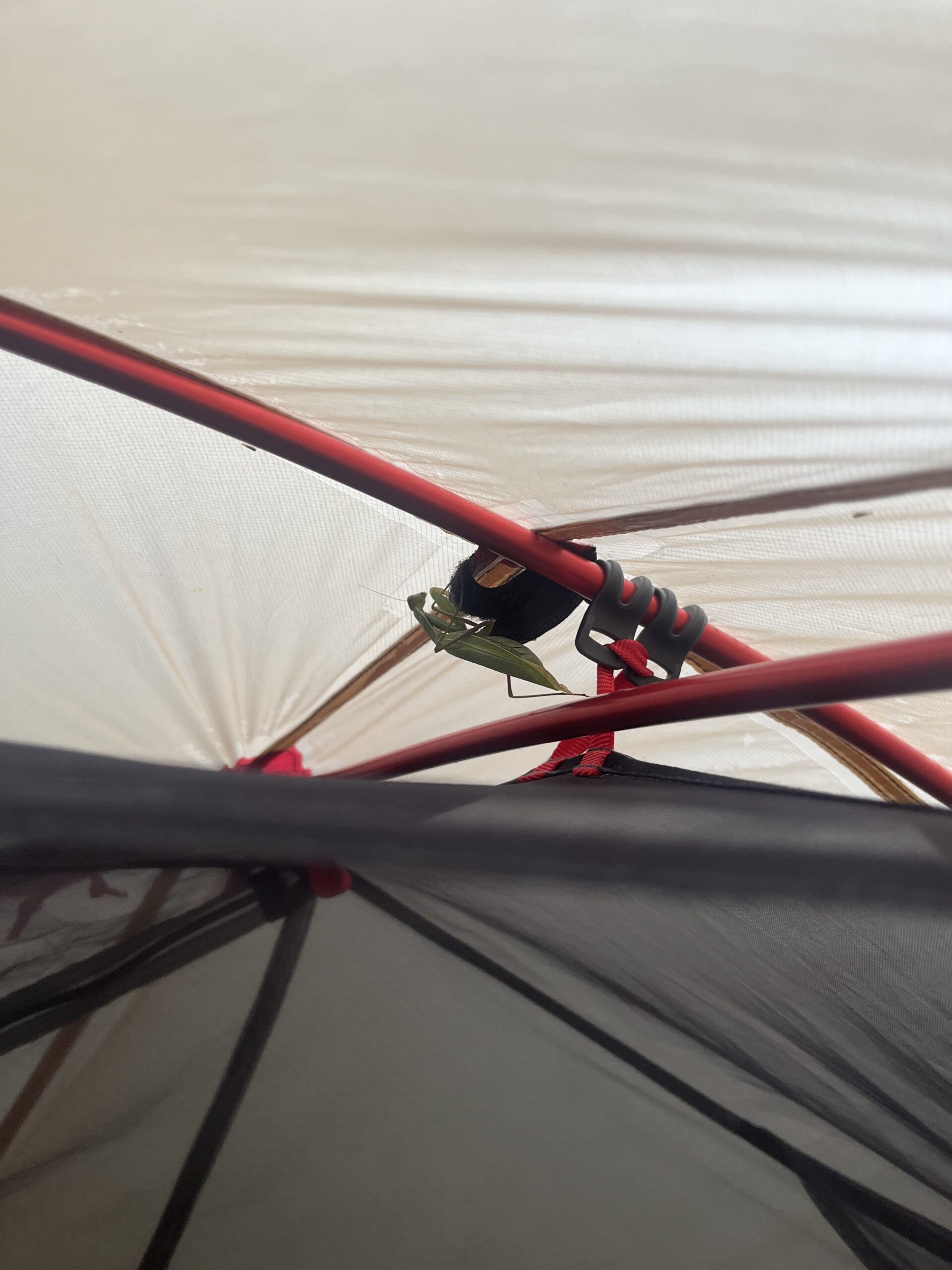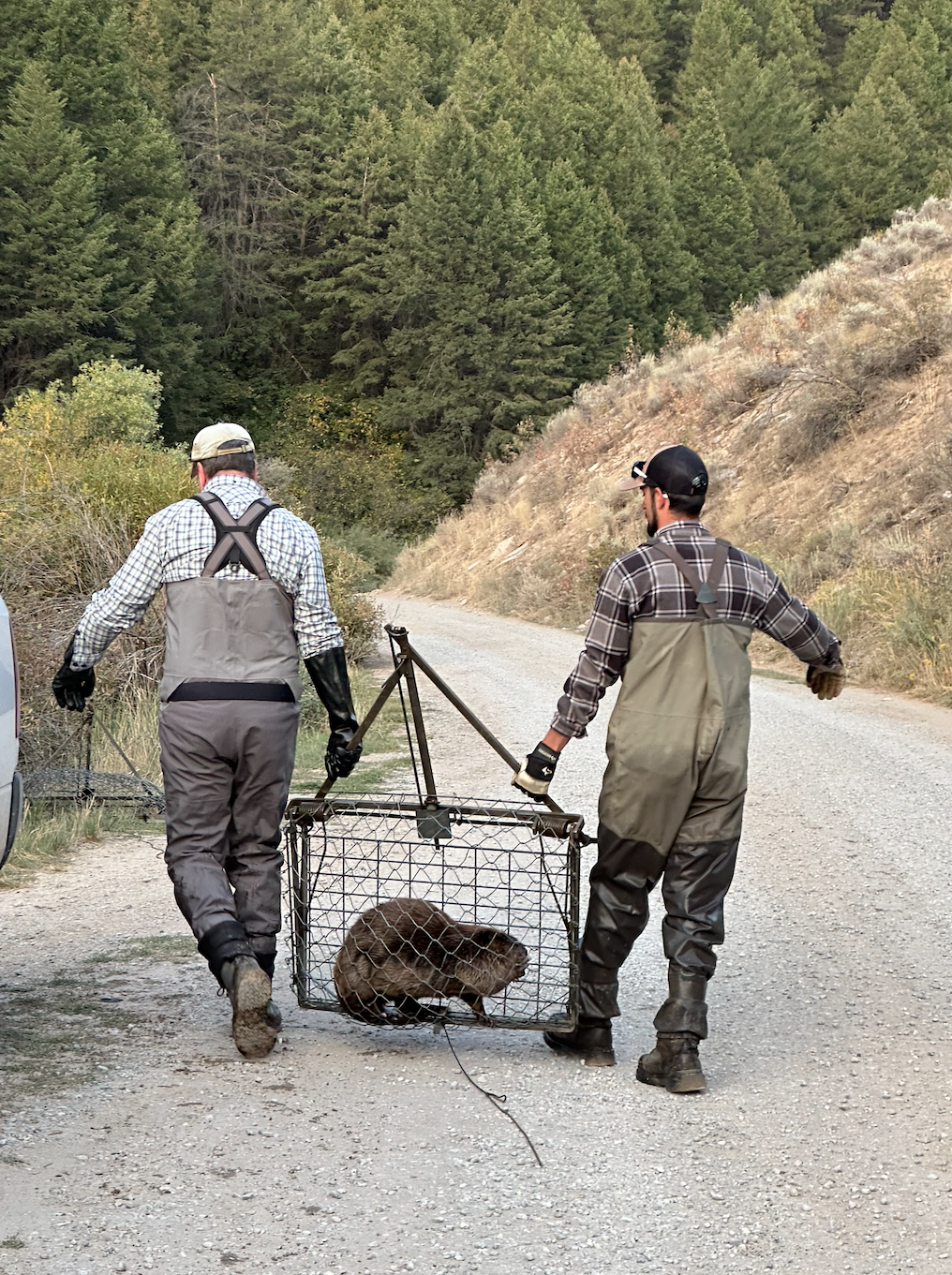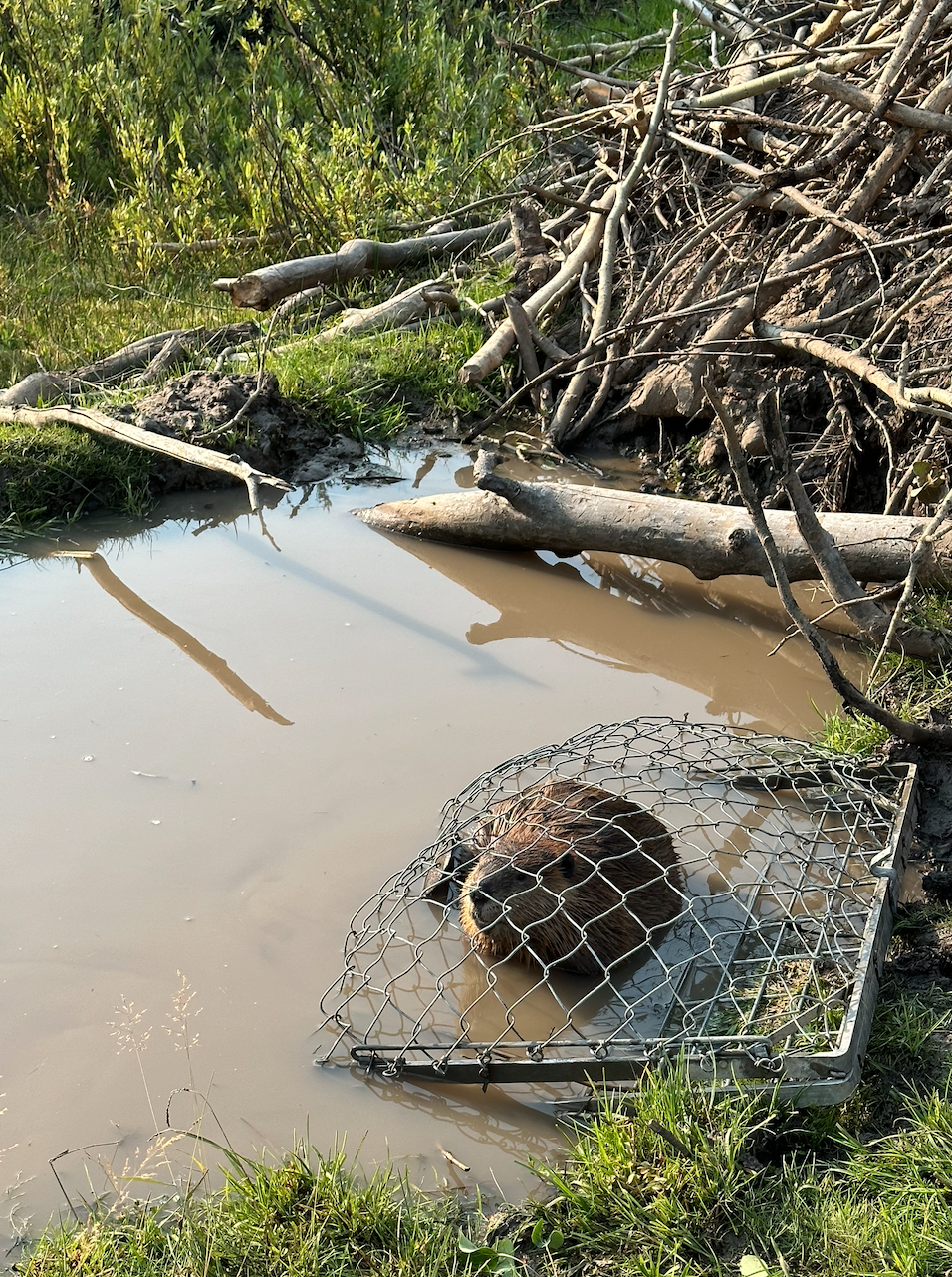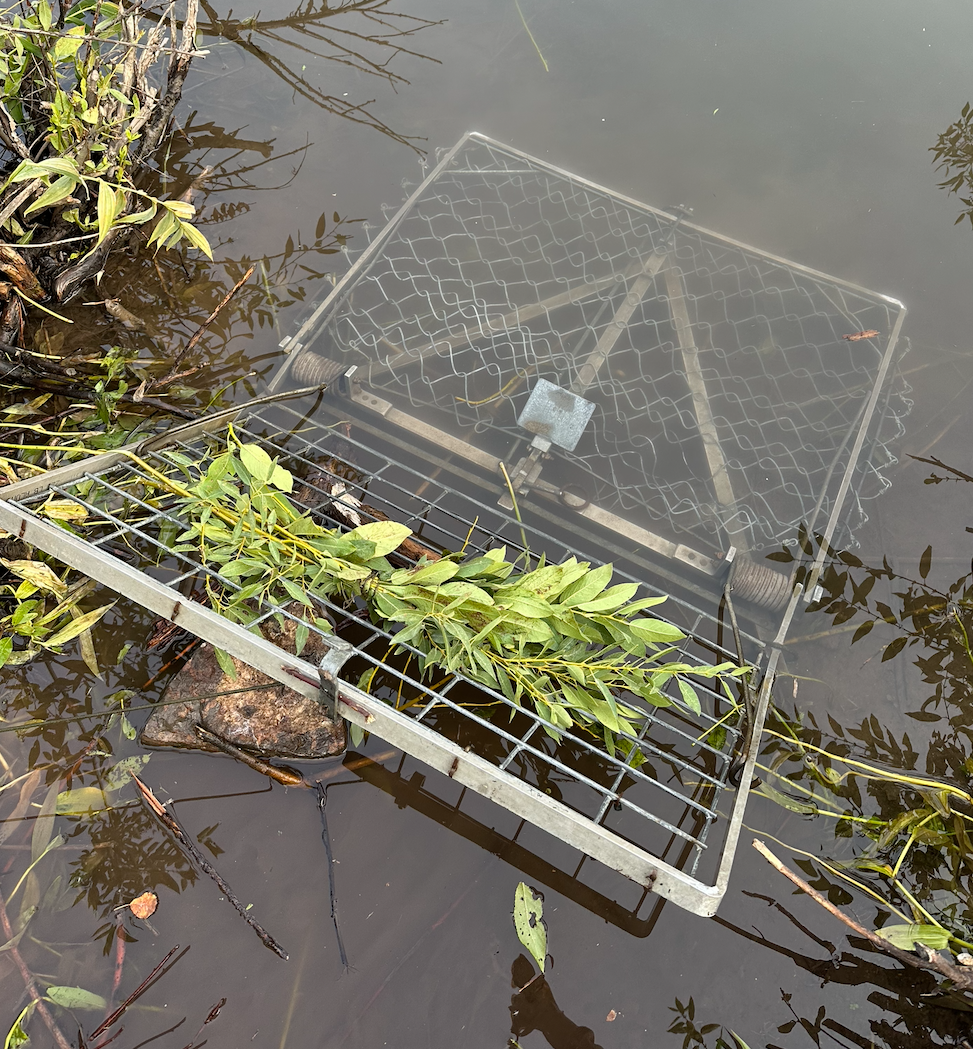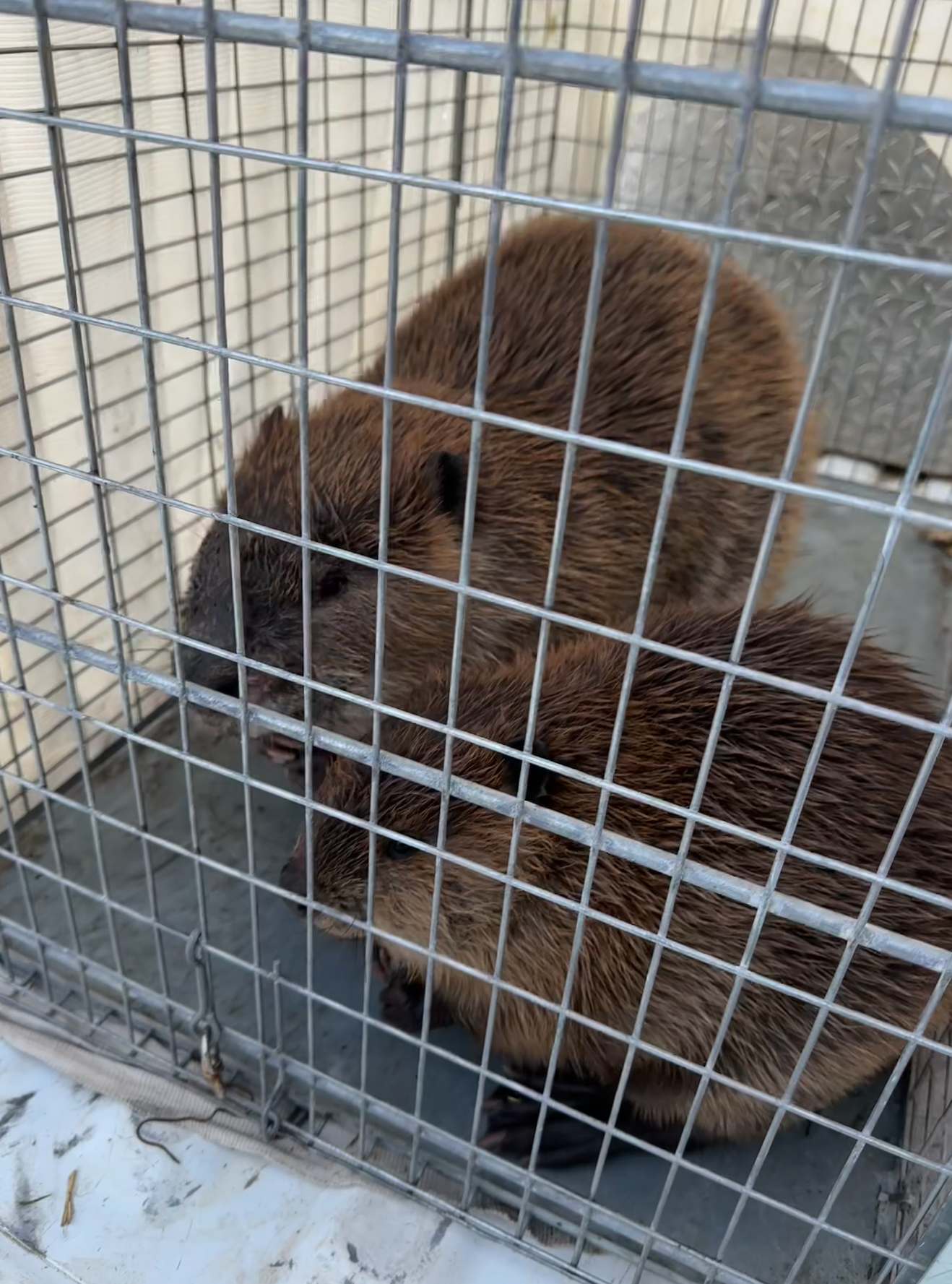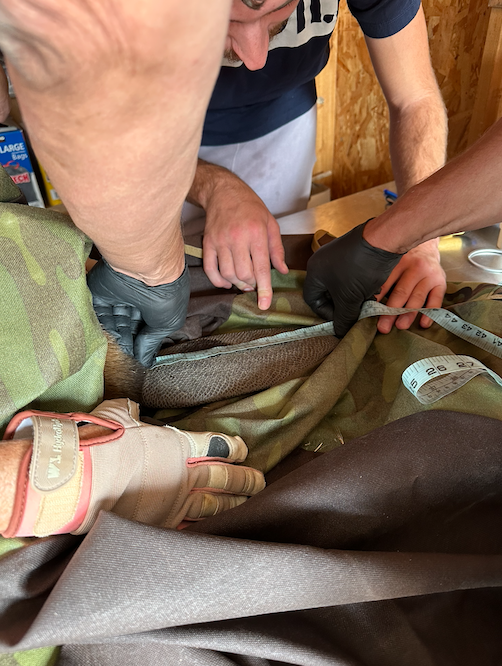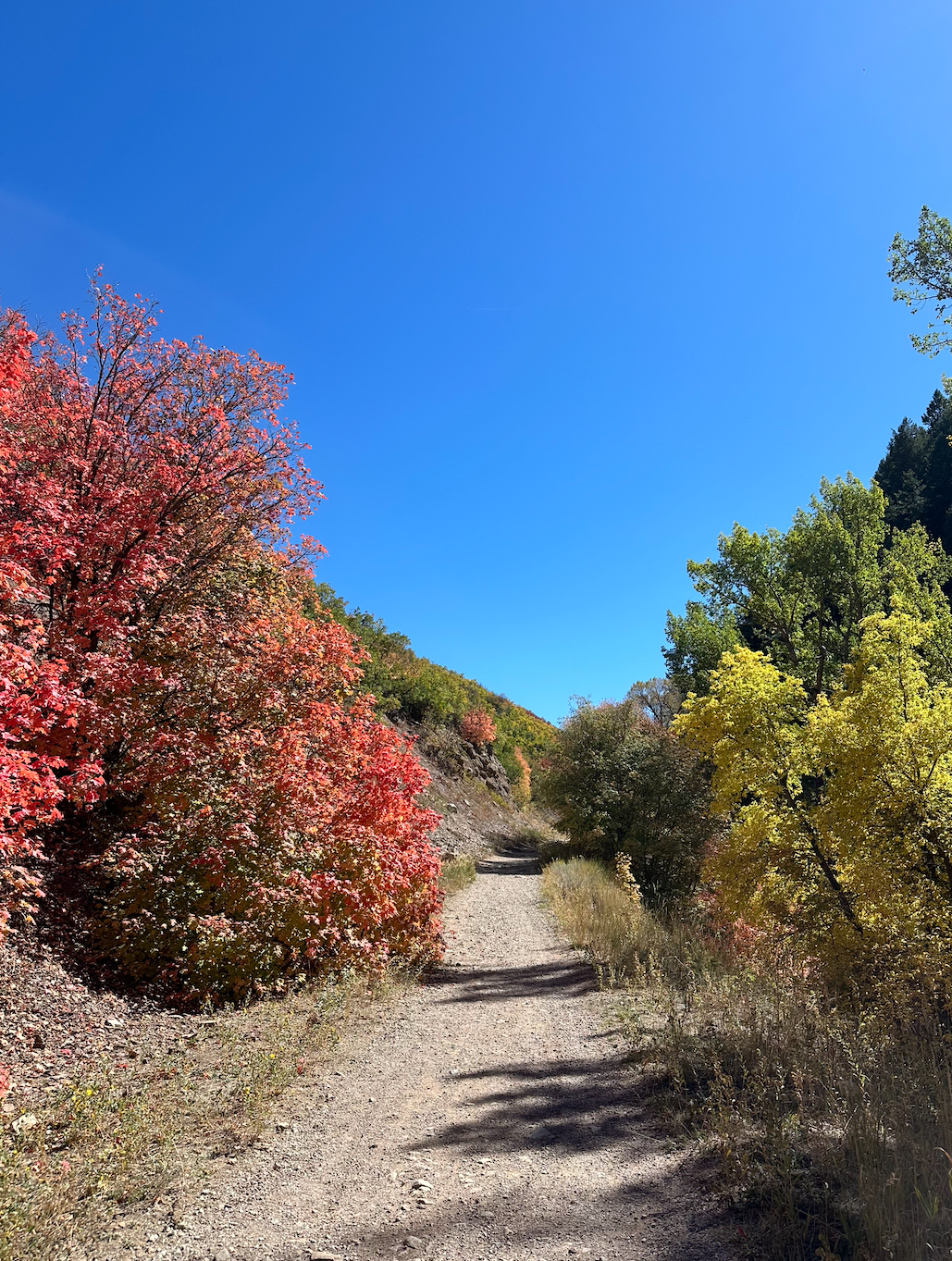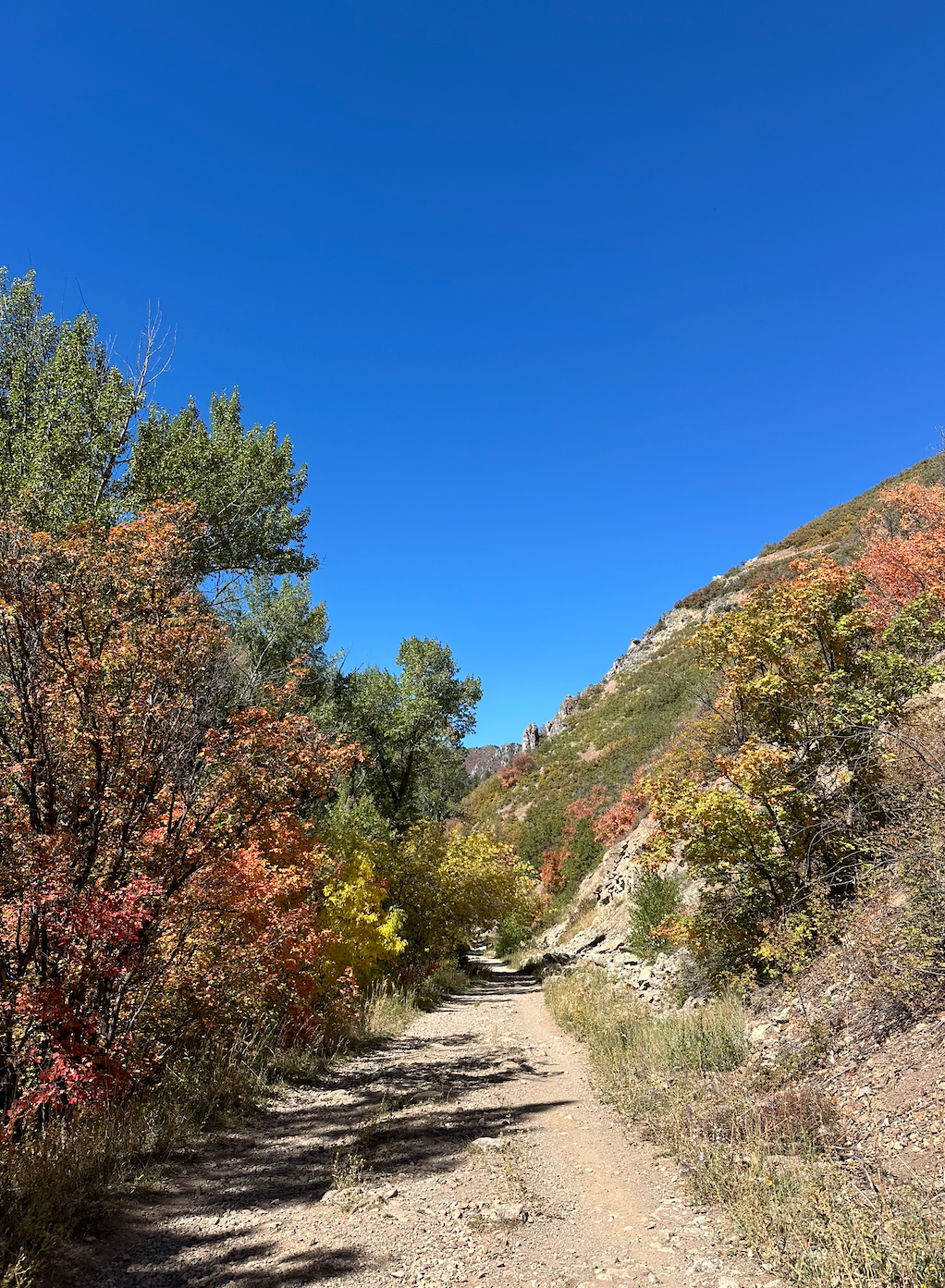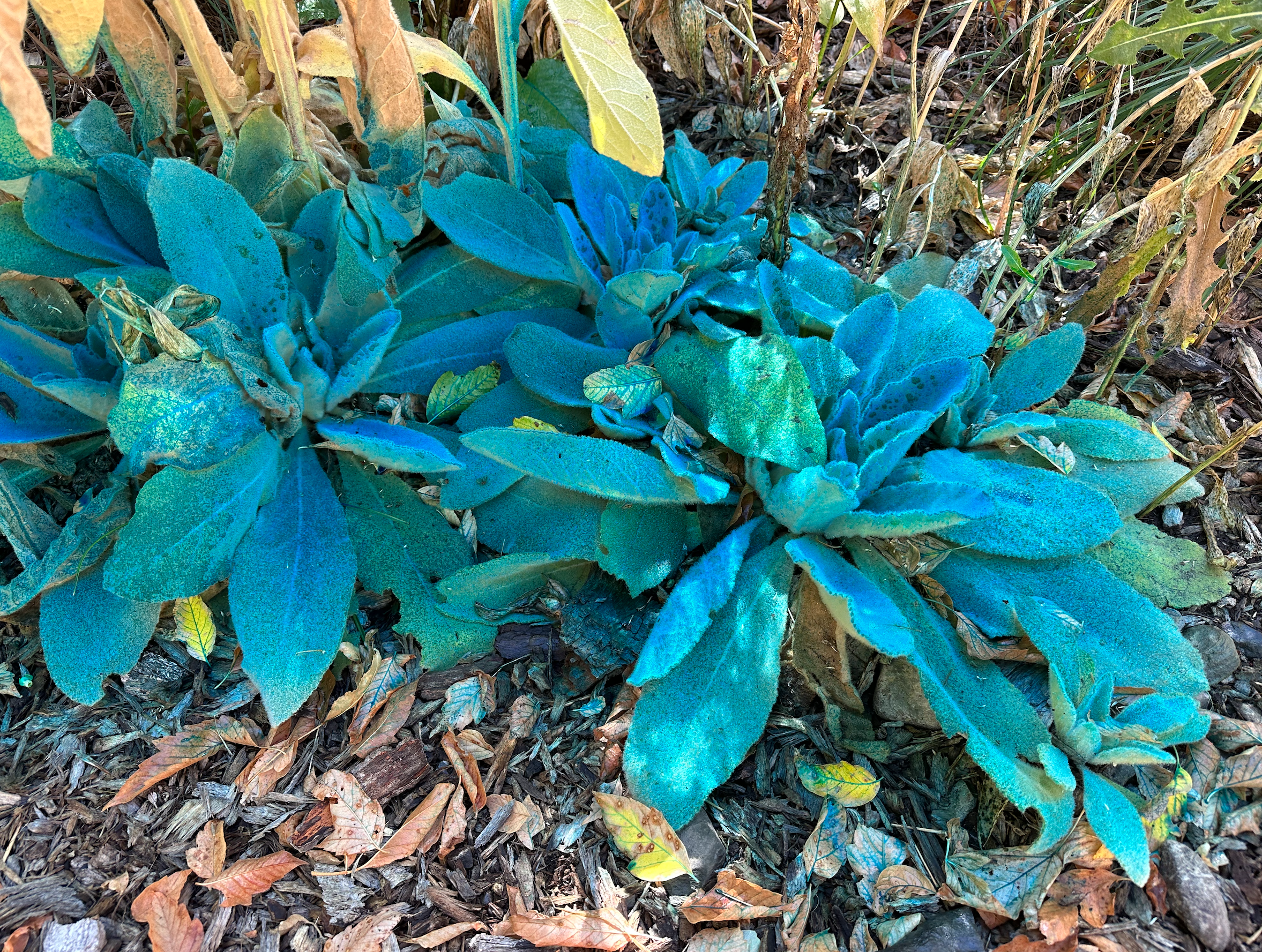National Public Lands Day (NPLD), according to the National Parks Service website, “is [an event] organized annually and led by the National Environmental Education Foundation, in partnership with the National Park Service and other federal agencies.” The day involves, “…hundreds of thousands of volunteers roll[ing] up their sleeves to help restore and preserve public lands of all types and sizes…” including our National Forests. This event, celebrated annually on the fourth Saturday of September, gives an opportunity for the public to show an appreciation for the unique green spaces many of us use for recreation and our local flora and fauna call home.
The San Bernardino National Forest (SBNF) celebrated NPLD 2024 this year by organizing a volunteer restoration event held in partnership with the Southern California Mountains Foundation (SCMF) on Saturday September 28th. I was one of the staff members on hand facilitating this event alongside the volunteers, and I was so happy to be able to do so. It not only was a great way to personally reflect on my love for our public lands but to also get to share that passion and love with members of our local community.
Preparation for our NPLD volunteer event began two weeks prior with a scouting trip to several of our restoration sites in Miller Canyon a popular off-highway vehicle (OHV) spot east of Silverwood Lake State Recreation Area. Myself along side Koby Bench (SBNF restoration), Jorge Rodriguez (SBNF restoration/botany), Kimi Bechtol (SBNF recreation), and Lili Ortega (IERCD) identified a restoration site that seemed most friendly for volunteer work (i.e. relatively accessible for consumer vehicles and well shaded). Our site was located off forest service road 2N33, also known as Pilot Rock Truck Trail. This black oak woodland-meadow had been degraded due to heavy OHV use and intervention was needed in order to restore its historic beauty and ecologic function.
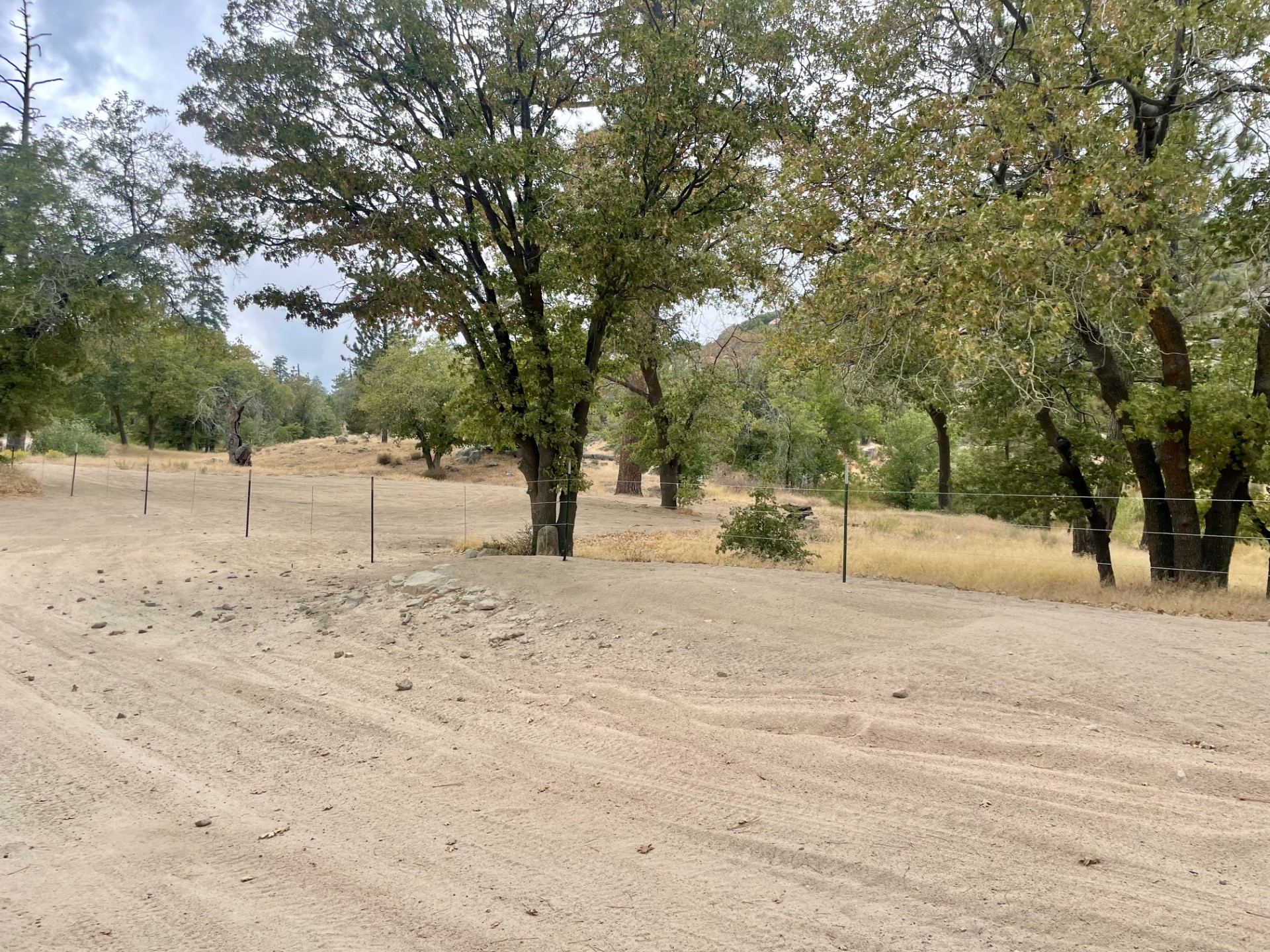
Continued preparation was needed to get the site ready for volunteers to help with the work to be done here. First, t-post fence was installed and slash (pieces of wood and other natural material spread to act as barriers preventing unauthorized use) was laid to prevent further OHV travel into the turn-off area. Scouting was also done of the surrounding plant communities to identify native species naturally present and get an idea of what plants we could pull from our nursery to begin to revegetate the area successfully and maintain the structure of the ecosystem. Some of the species we identified for restoration use in this area included California aster (Corethrogyne filaginifolia), Cobweb thistle (Cirsium occidentale), and rubber rabbitbrush (Ericameria nauseosa).
In order for plants to be put into the heavily compacted soil at this restoration site, holes had to be dug. With the help of the SCMF and a crew from the Urban Conservation Corp (UCC) we got to work using gas powered augers to begin the arduous process. We planned to drill at least 300 holes for out-planting, and in total that day with all the additional hands we were able to get 360 potential holes in the ground. Bamboo stakes were used to mark each out-planting hole after they were dug to help minimize the very real tripping risk created while they were empty. Ultimately, augering is sweaty work but it was made more enjoyable through the company of the crews from all 3 organizations coming together and collaborating toward a joint goal of preserving our public land, and this is the essence of what National Public Land Day is all about!
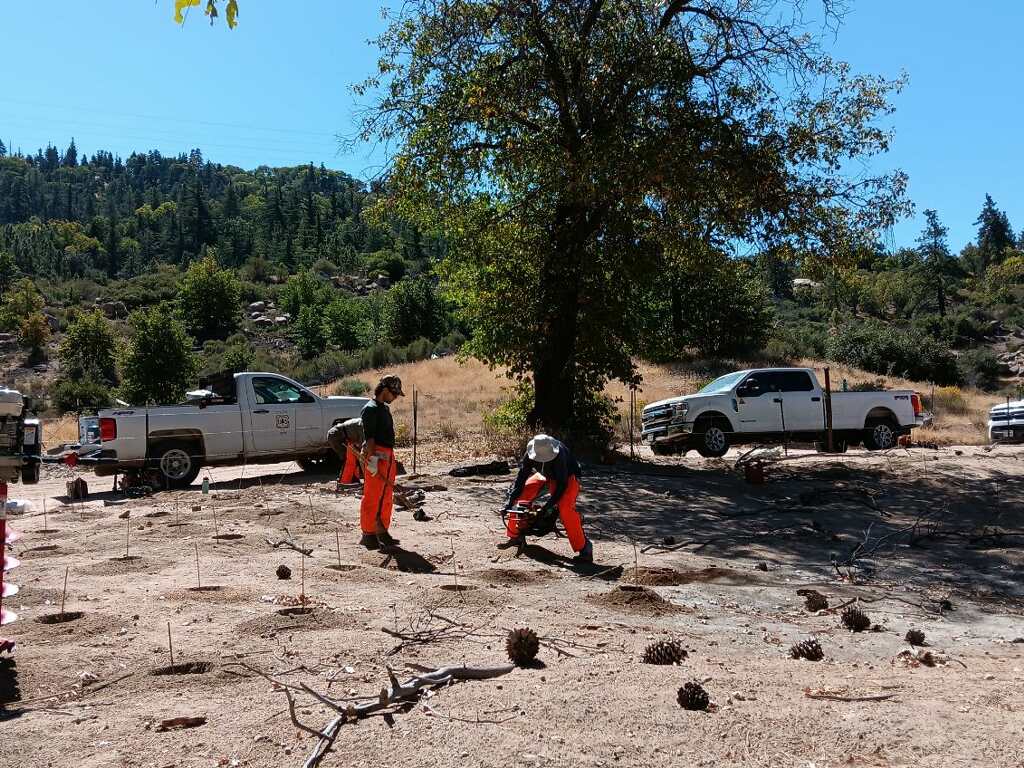
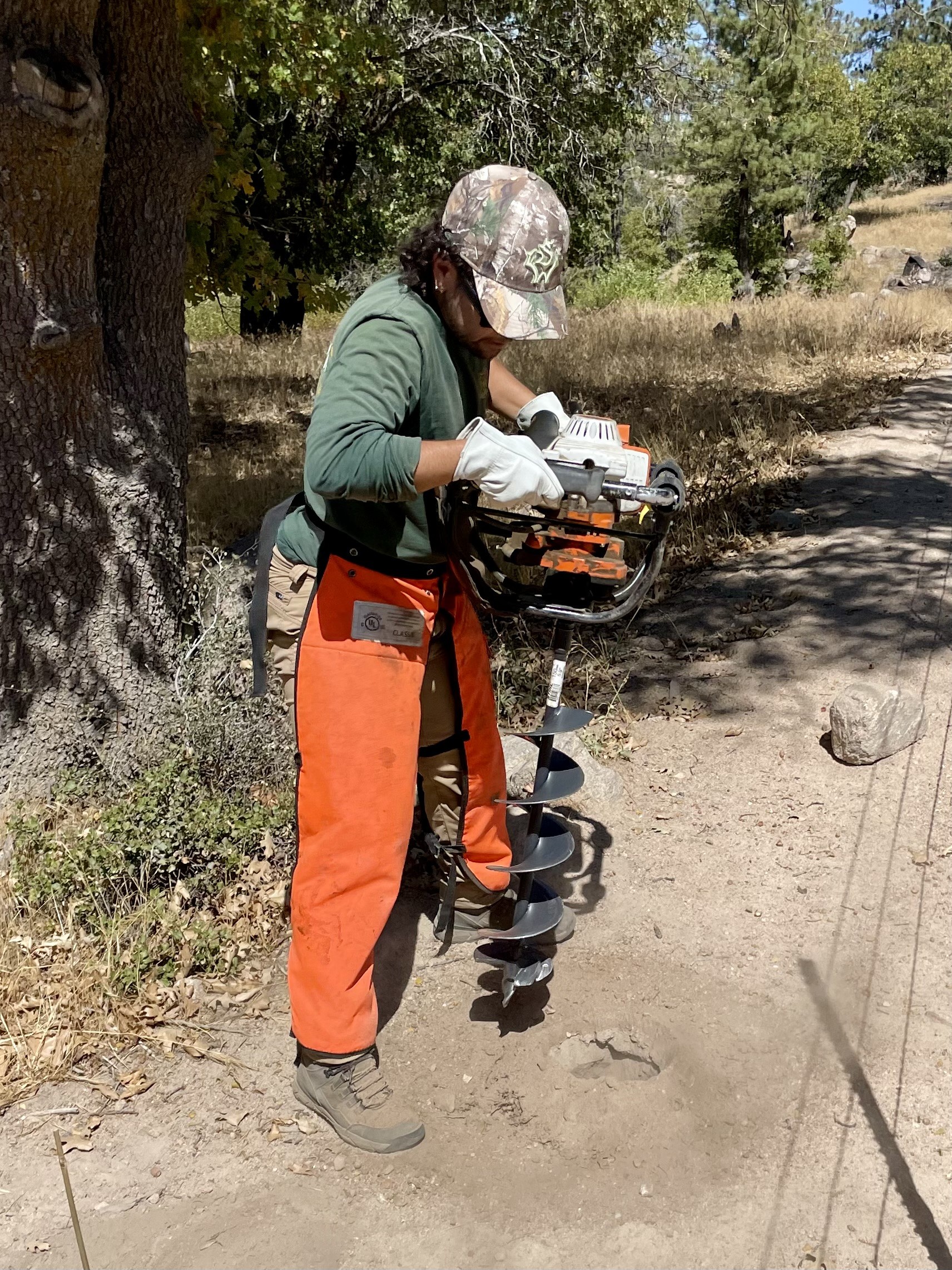
With the site itself prepared for our volunteers, we spent the following days filling the forest service vehicles with the necessary tools to make NPLD a success. Shovels, signs, golves, water tanks, EZ ups, folding tables, seed, and of course plants were loaded up prior to Saturday morning when we began meeting volunteers off highway 173 in Lake Arrowhead around 9am. In total approximately 36 people (excluding staff) showed up volunteering their time to show an appreciation for our public lands. Everyone was in good spirit (despite the many gnats harassing us as we talked) as we began to form a caravan of vehicles headed the short drive to our restoration site. Once at the site we did a safety talk and instructed them on the out-planting work we had planned for the day. Work began setting up the EZ ups for shade when breaks were required and setting up tables with clean gloves for everyone to grab in order to ensure the know pathogens were being introduced by us to the plants we could eventually spread them into the surrounding ecosystem. Plants were then unloaded from the trucks and placed still in their nursery bullets into their planned holes, a first introduction to their new homes outside of the forest service nursery in Big Bear.
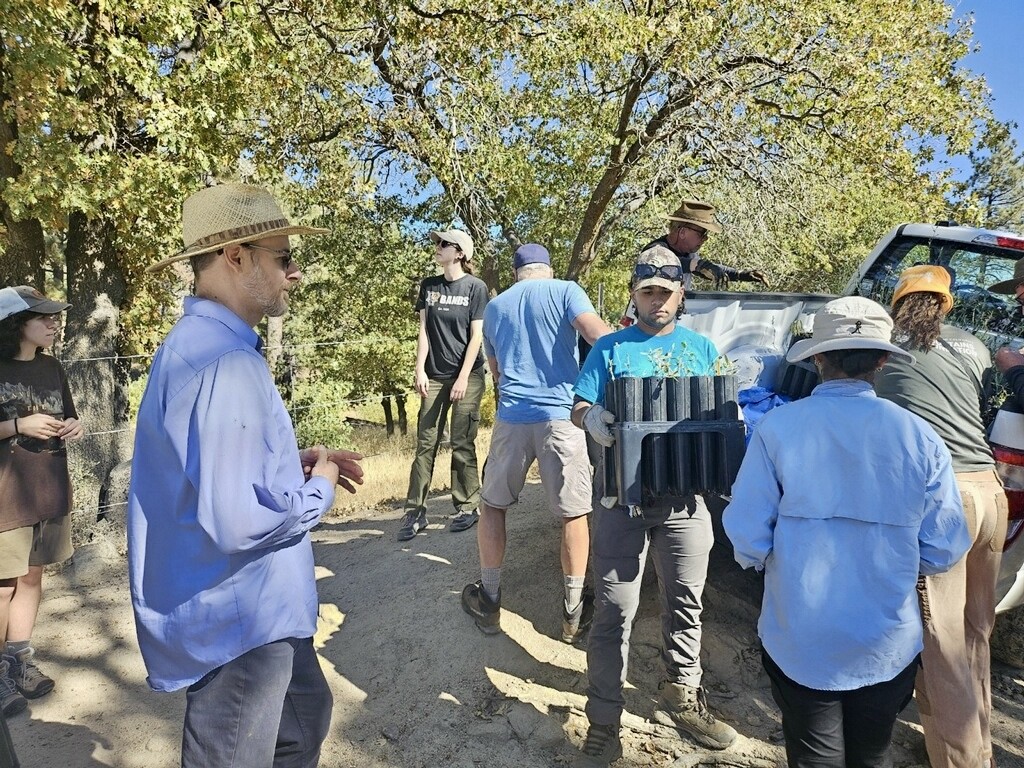
With all hands on deck the work of outplanting went fast. We planned to strategically put our less cuddly plants (Cobweb thistle and chaparral yucca) toward the perimeter closest to the roadside in order to further discourage activity in the area. The rest of the plants were randomly assigned spots within the restoration site. Planting occurred quickly with the amount of help we received. It was a pleasure to talk with volunteers about what they were planting and what had brought them out on that day and this all made the time fly by quickly. Plants were watered thoroughly to hopefully ease some of the stress of planting and a small lip (or berm) was left around the border of each plant to help the water to better saturate deep into the ground our plants now will be calling home.
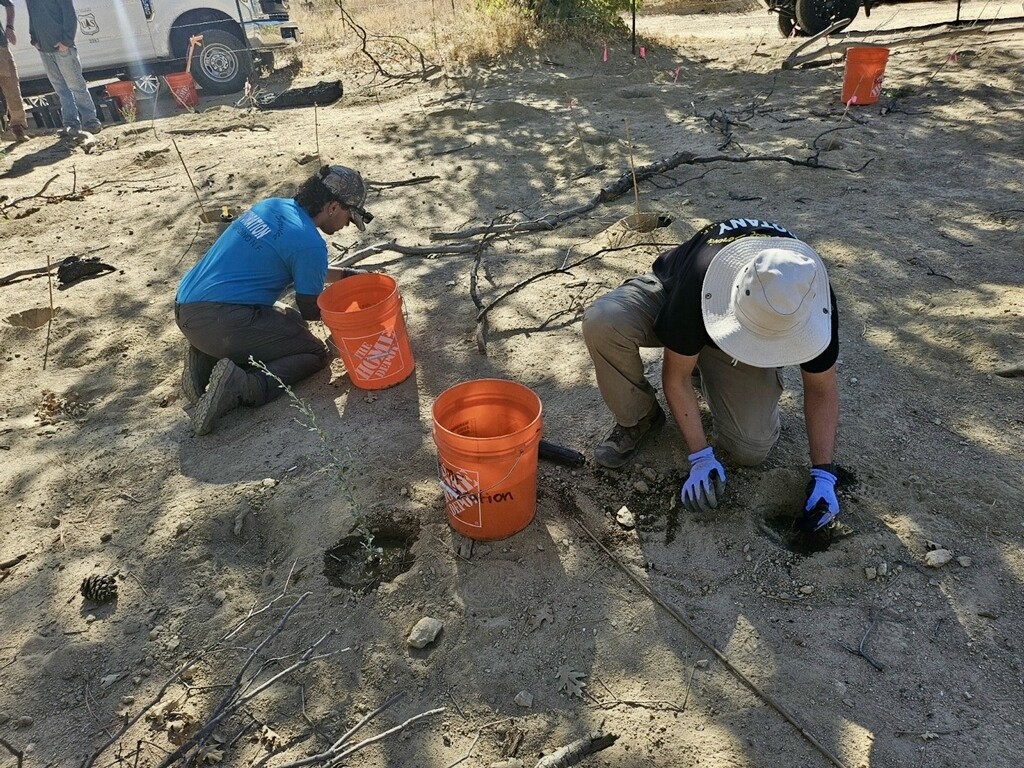
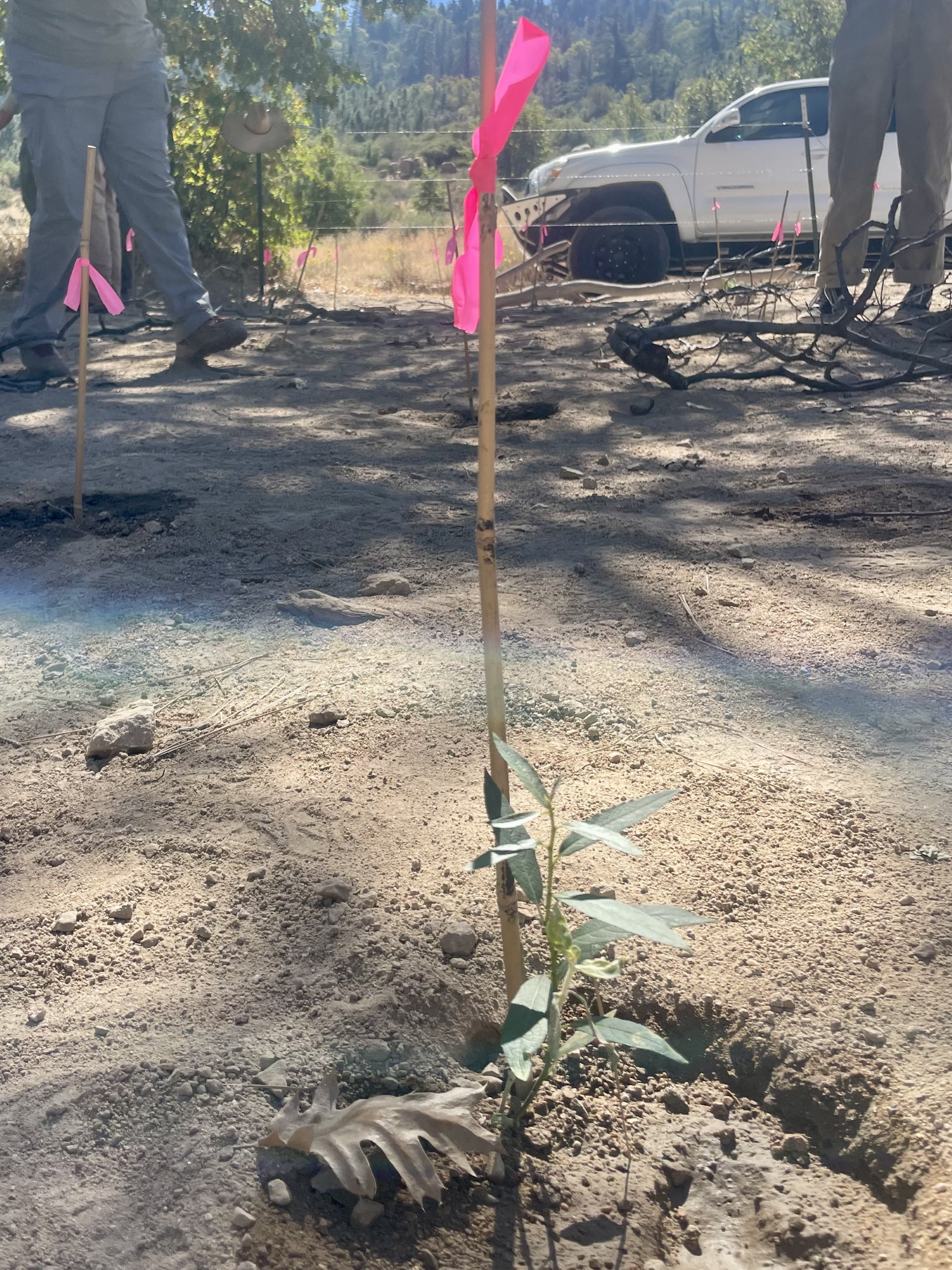
The finishing touches had to be put onto the site before we could fully call it a day on our NPLD fun. We had prepared a native seed mix to be spread around the site (using some seed I personally collected just down the forest service road a few days prior). This mix contained only seed that had been sourced locally from Lake Arrowhead and was therefore genetically adapted to the area. Some of the species in the seed mix included: California buckwheat (Eriogonum fasciculatum), Interior goldenbush (Ericameria linearifolia), Wood’s rose (Rosa woodsii), and Sticky cinquefoil (Drymocallis glandulosa). A sign was also installed in the center of the site identifying the presence of sensitive species in the area and also marking it as a monarch habitat area due to the several milkweed species we planted there (Asclepias eriocarpa and A. californica). The day officially reached a conclusion with a delicious lunch of sandwiches (provided by SCMF) and some forest service goodies we handed out to the volunteers to thank them for all their hard work.
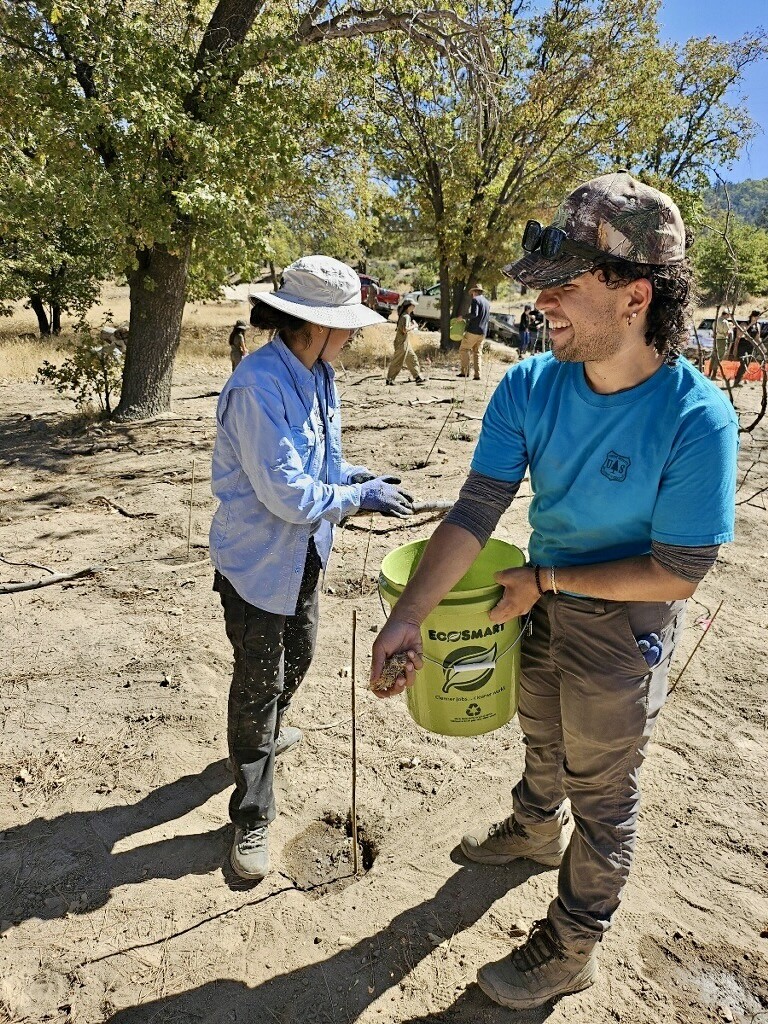
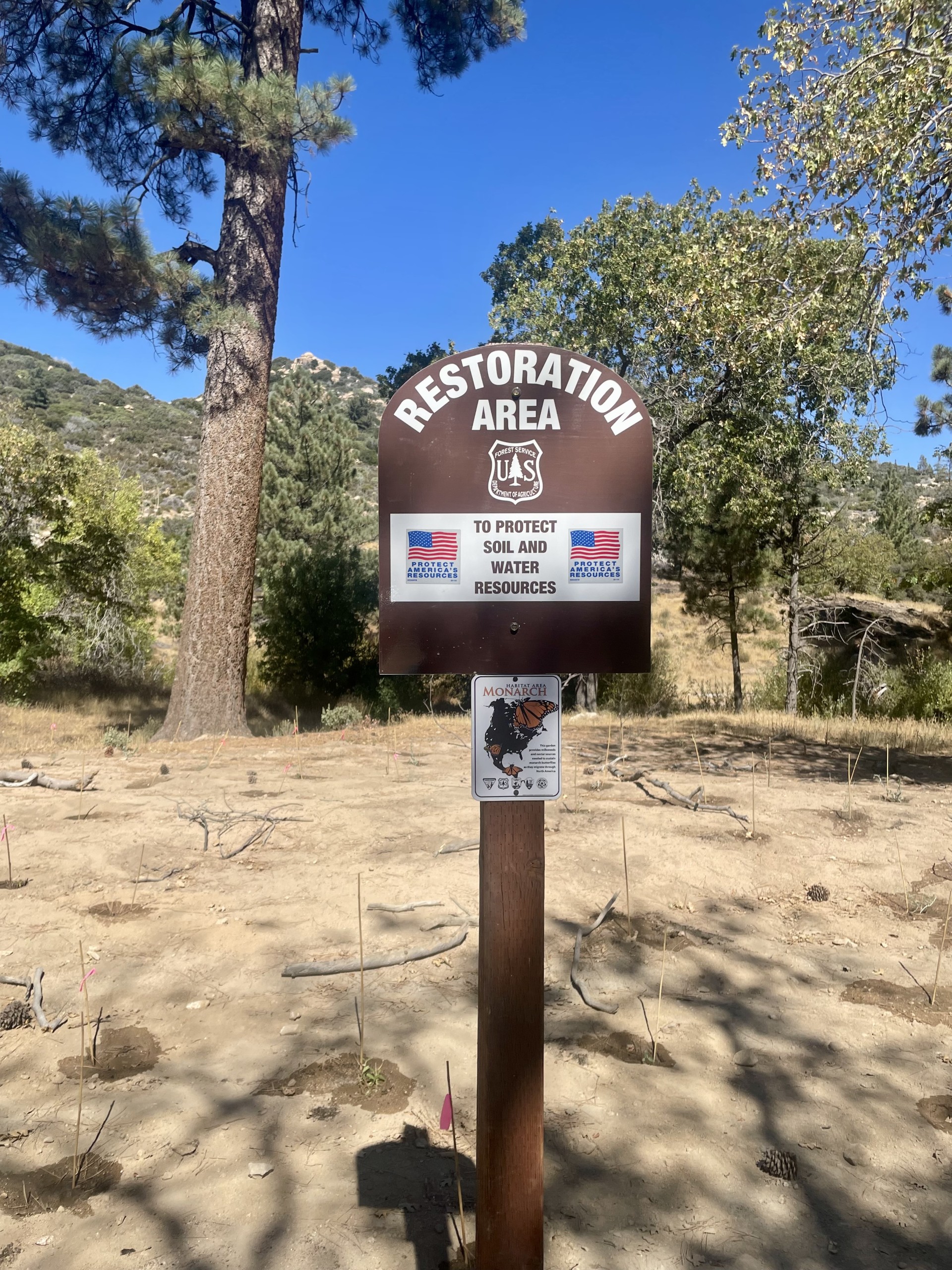
I was so thankful to be able to help with the organizing and implementation of this years NPLD event with the SBNF. With the help of volunteers from the public we were able to do in a day work that would have taken at least a week of visits if not more if we had to do it on our own. NPLD highlights the essential need for collaboration in restoration and conservation work. When you see a successfully restored area know that it is not the work of an individual but of a community of people rolling up their sleeves to preserve these areas for years to come!



